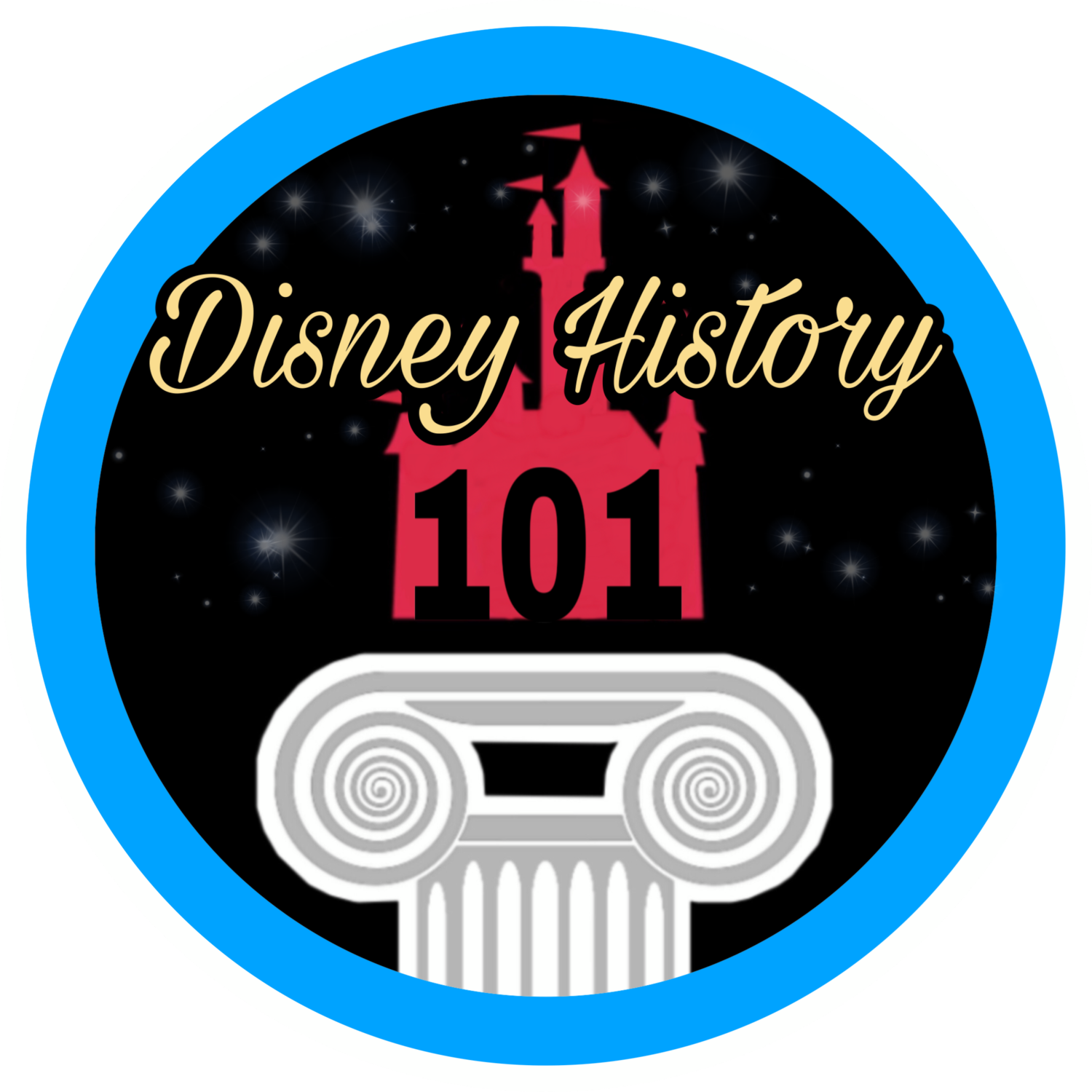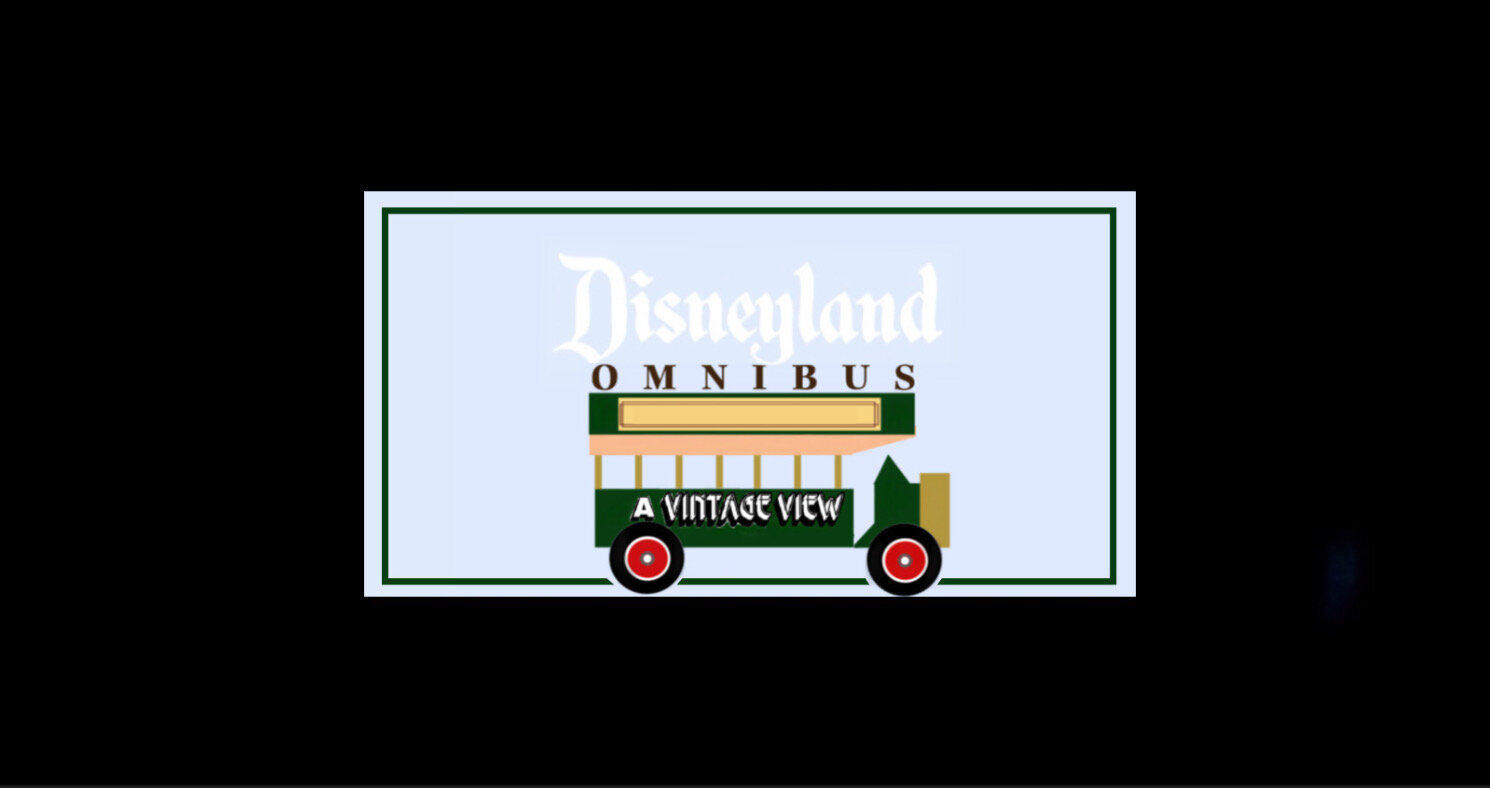OMNIBUS


(August 24, 1956 - Present)
At Disneyland there is a "story behind the story" of every attraction, every attraction is a living experience for the guest. Disneyland ride-through attractions or adventures have officially been defined as an “individual show, ride, or exhibit designed to produce an entertaining Guest experience. Disney attractions stir the imagination, enliven the senses, and provide the participants with positive, innovative entertainment, which is the essence of the DISNEYLAND Show.” It is important to review the story of the attraction, tell the story, explain it, and create interest. This is the story of the Omnibus.
“Walt was reared in the mid-western town of Marceline, Missouri. As with other lands, he wanted Main Street to be a Main Street - authentically recreated to get the feel of a typical small town thoroughfare of the 1900 era with which he was familiar.”
Take a close look at Main Street. “Note the results of years of research to determine and design a composite Main Street of the typical small town of the early century. Note the demanding attention to detail designed and built into every nook and cranny by Walt and his ‘Imagineers’ at WED Enterprises. This same demand for detail is designed into Main Street vehicles.”
Please watch your step aboard the 5/8 scale open-air, 13’ 3” - high, double-decked Omnibus that recalls the days of old in-city transportation while giving guests a view of the sights from the heights.
I would like to begin our Omnibus story with an interesting sidelight. I would like to recall one of the first times this method of “old in-city transportation” was referenced in a work of Walt’s, it was in Alice's Brown Derby. You may be surprised to hear that the first time the words “Disneyland Omnibus” appeared in print, it was two decades later, on the cover of a c. 1945 Walt Disney Mickey Mouse, Ltd. licensed hardcover book published by Collins Publishers (of London and Glasgow). The illustration on the cover even featured Mickey Mouse at the wheel of a double-decker bus with the words “To Disneyland” over the drivers’ section of the cab. This depiction was astoundingly made more than a decade before the Disneyland Omnibus became a reality.

"The Disneyland Omnibus" Cover, c. 1945
“Construction of Disneyland’s Largest ‘Horseless Carriages’”
As the Omnibus was reckoned a type of Horseless Carriage (and of WED, Enterprises’ design), it shared many similarities with some of Main Street’s other vehicles. According to “Main Street Vehicles”, published 1966 by Disney University, “The Horseless Carriages are sometimes called the ‘1903’s’, but you could pick any year - 1904, ‘05, or ‘06, and be just as accurate. These little cars are of WED ‘composite’ design. On the basis of extensive research, Studio designers created a horseless carriage which was a composite of the design and size of many gas-driven cars of that early period in automobile history. And our Horseless Carriages are a little bit of everything.” Some of these very things ring true with the Omnibus.
The Omnibuses were built at the Walt Disney Studios, under the direction of both Roger Broggie and Robert Gurr (though they were referred to as “Gurrmobiles” for perhaps the first time in “Walt Disney’s Magazine”, Vol. 2, No. 5 ; 1957). The gasoline-powered Omnibuses were “patterned after French and English buses of 1908,” and compared to those that one operated on 5th Avenue. Despite their outer appearances and yet these vehicles were unlike any old-city bus. For example, its drop frame chassis was taken from a modern truck. According to Vacationland (published Winter, 1958), “this was the only bus of its kind that ever had power brakes and power steering,” owning to its modern engine. “The two-cylinder engines are actually not auto engines, but have the horsepower, the sound - and even a slight case of the shakes - as did the originals. WED designers selected today’s most efficient two-cylinder water pump engine. Some of the external parts, such as lights are authentic… Certain adaptations in height and seating to provide greater comfort, safety, and convenience for our guests were made by Studio designers, but the busses are as nearly authentic as possible. The motor takes advantage of modern improvements which provide for better operation - and no smog,” [“Main Street Vehicles”, published 1966 by Disney University]. Lastly, the electric English Klaxon horn adds an authentic touch to the vehicle.
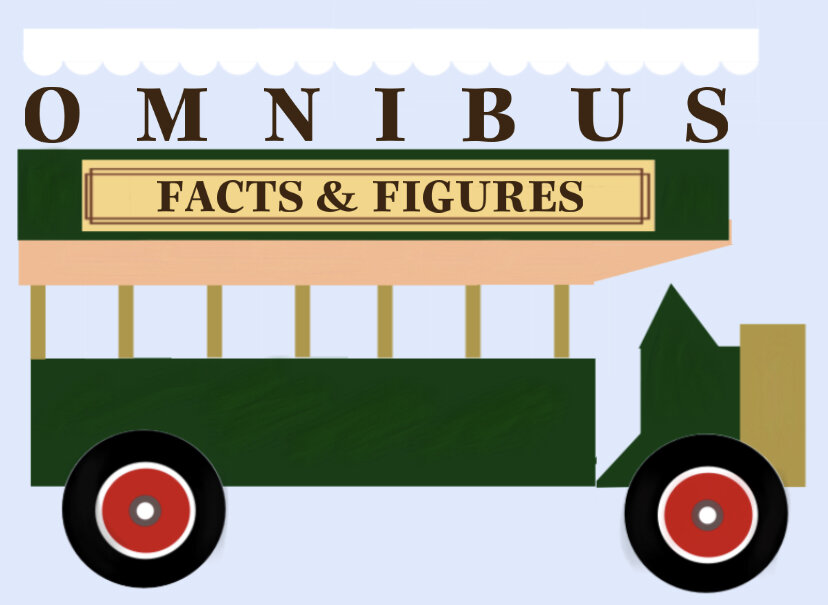
Make : International
Model : BD 264
Maximum Passenger Capacity : 37
Height : 13’ 3”
Length : 26’ 3”
Width : 7’ 6”
Weight : 8,250 Lbs.
Engine Numbers : 376257 (Omnibus 1) ; S160S121766 (Omnibus 2)
License Numbers : E26668 (Omnibus 1) ; J-64561 (Omnibus 2)

You may recall hearing how Walt Disney, on the eve of Disneyland’s first day of operation, promised that “Disneyland will never be completed. It will continue to grow, to add new things, as long as there is imagination left in the world.”
“Main Street vehicles play an important part in the Disneyland show. First, they are essential to the staging of Main Street, U.S.A. The contrast to the hustle and bustle of our modern world and its streamlined modes of transportation is sharp and penetrating. Suddenly, as a guest comes onto Main Street, the entire mood changes. The years roll backward. back to Main Street, U.S.A., circa 1900. It wouldn't be Main Street without the leisurely clop-clop of a horse-drawn surrey, or the chug-chug of a horseless carriage.”
Second, they serve as much-needed transportation for our guests. They provide a convenient and colorful way to reach the heart of the Magic Kingdom - or back to Town Square after a long day in the Park. Third, hosts assigned to operate these vehicles play an important part in answering questions - giving tips and directions - to guests who are either starting out or winding up their day at Disneyland. Their role falls into what might be called our ‘first impression - last impression’ group. They can start guests off on the right foot - in the right mood, and send them away with a warm feeling - and a desire to come back.
Omnibus #1 (license #E-26668) began operation a year later (during August of 1956), proving the truth of Walt Disney’s promise of an ever-expanding Disneyland! Brief footage of Omnibus #1 (devoid of any attraction advertisements) has been preserved on film, in the motion picture “Disneyland U.S.A.” and “Disneyland - The Park,” a Disneyland anthology television series short film (originally aired in 1957). Some (c. 1956) guests may have recollected riding a double-decked omnibus during the 1920s in London, New York City, Chicago, or Boston. Now, (up to 37) guests could take a scenic ride down Main Street U.S.A. to the hub of Disneyland, and the entrance of the four “lands”! “Camera fans especially like the unique angles the Omnibus’ second deck provides.”
All art work, posters, etc. displayed on the sides of the bus were created by the Walt Disney Studios.
Ron Dominguez (in interview with Disneyland LINE (Vol. 25 No. 28) recalled meeting Walt one Sunday afternoon, after the Omnibus debuted in 1956. Ron recalled being “in the back area of the Omni Bus with a little mechanical problem and Walt walked up.” Ron continues: “When we first brought out the bus, I personally thought it was the wrong scale for Main Street. Walt asked me how I liked the bus. Being real honest - and young - but still wanting to be diplomatic, I said that I thought it looked pretty good, but I had a bit of doubt in my voice. So he said, ‘What do you mean it looks pretty good? It looks damn good out there!’ So he put me in my place real quick.”
The Omnibus (of the Disneyland Transportation Company) was one of several exciting attractions debuting during 1956, a two-block ride that increased ride capacity, and (owning to this) one day in August saw a peak total of “197,547 individual rides” (on all attractions) enjoyed by Guests (according to a letter from Walt to Ward Kimball, dated January 23, 1957). Aside from the observations of Ron Dominguez, “it was such a hit with all who rode it that a second one was built,” according to “Walt Disney’s Magazine” (Vol. 2, No. 5 ; 1957).
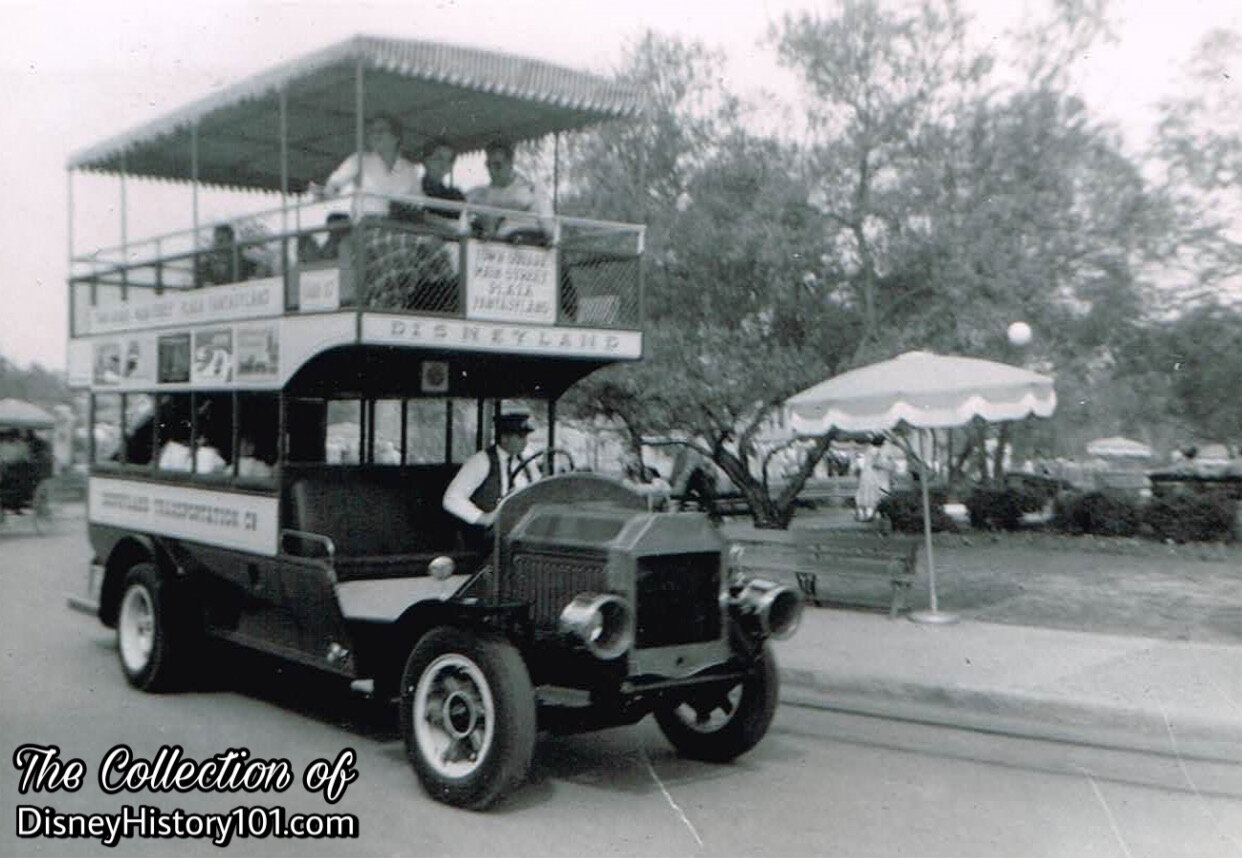
Omnibus Stop Circles the Plaza
A number of Disneylanders operated the Omnibuses like Homer Holland and Wes Demens (in 1967).

Omnibus at Fantasyland, c. 1956
Obviously, the fastest way to move people over the extended areas of Disneyland is with moving vehicles. You’ll note the stops on a sign over the cab - “Town Square, Main Street, Plaza, Fantasyland.” Yes (once upon a time), after a tour through Tomorrowland, the Omnibus arrived at its stop near the Junior Autopia in Fantasyland.

Omnibus Stop at Fantasyland, c. 1956
While Skyway Cabins soared over the tree-lined Holiday Hill, the Omnibus circumvented it. It was a Visual Intrusion. Though not evidence of “the real world”, this contradiction to the story was ultimately discontinued as Guests were transported back to the 21st century.
Disneyland is in the habit of selling a belief in fantasy and storytelling, and if the background isn’t believable, people won’t buy it. Marty Sklar recalled “walking through Disneyland with Walt Disney when a publicist drove up to them near the Mike Fink Keel Boats. Disney was horrified: ‘What,’ he asked, ‘are you doing with a car here in 1860?’” This story may explain why the Omnibus operation through Tomorrowland was discontinued. That urge for ersatz-authenticity has lived on into the present.

Omnibus and Guests at Town Square, (October, 1957)
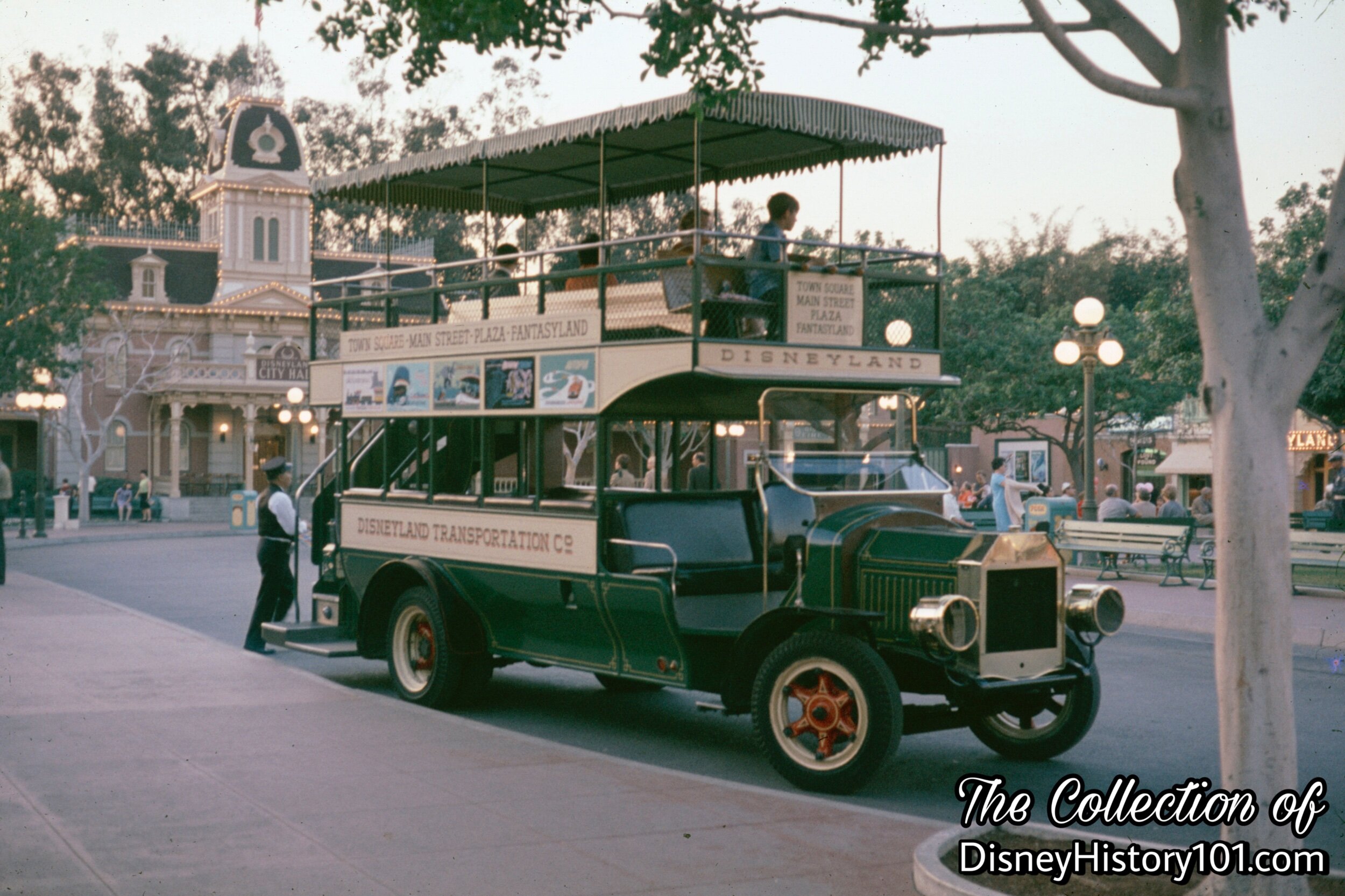

Omnibus #2 (license #J-64561; the same scale as Omnibus #1) began operation the following year, during December 25, 1957. Though it may be unthinkable by Tomorrowland’s current show standards, by 1958 the Omnibuses operated though the two-block length of Main Street and Tomorrowland. Once reaching Central Plaza, the buses entered “a side road to a turnaround at one of Fantasyland’s entrances,” according to one article contemporaneous with the Omnibus’ Disneyland debut!
When preliminary work on the Disneyland Guided Tours began (c. 1958), a ride aboard the Omnibus was included among the stations visited along the route. While aboard, the Omnibus operator generally handled the spiel for Main Street, until guests and their Disneyland Tour Guide disembarked the bus at the entrance to Tomorrowland. At this time (c. 1958), admission aboard an Ominibus (bound for Main Street U.S.A. or Tomorrowland) was one “jumbo” “A” coupon (the price of 10 cents, for one adult), the same as the 20,000 Leagues Under the Sea Exhibit, the Surreys, or the King Arthur Carrousel.
Soon (by September 28, 1958), the Omnibuses were appraised at a value of $27,550 to $32,900 by Bank of America representatives. Omnibus #1 was reconned a Park Asset valued at $20,069 while Omnibus #2 was valued at $26,916.
By the October of 1962, it was common to see just one Omnibus operating daily. This was common during winter operating schedules.
The Omnibuses appeared in many shows, parades and a great deal of visual media. For example, one of the Omnibuses (without its canopy) was used to transport the Elliot Brothers Band down the parade route during the televised “Disneyland ‘59” pageant and parade. One of the Omnibuses was used to transport E.J. Peaker, Kurt Russel, and the Osmond Brothers, as they sing “Down On The Street”, while heading down Main Street, in the c.1970 “Disneyland Showtime” episode of “The Wonderful World of Color”. One of the Omnibuses was also notably used to transport members of the All-American Singers down Main Street during the American Bicentennial celebratory year (from 1975 through 1976).
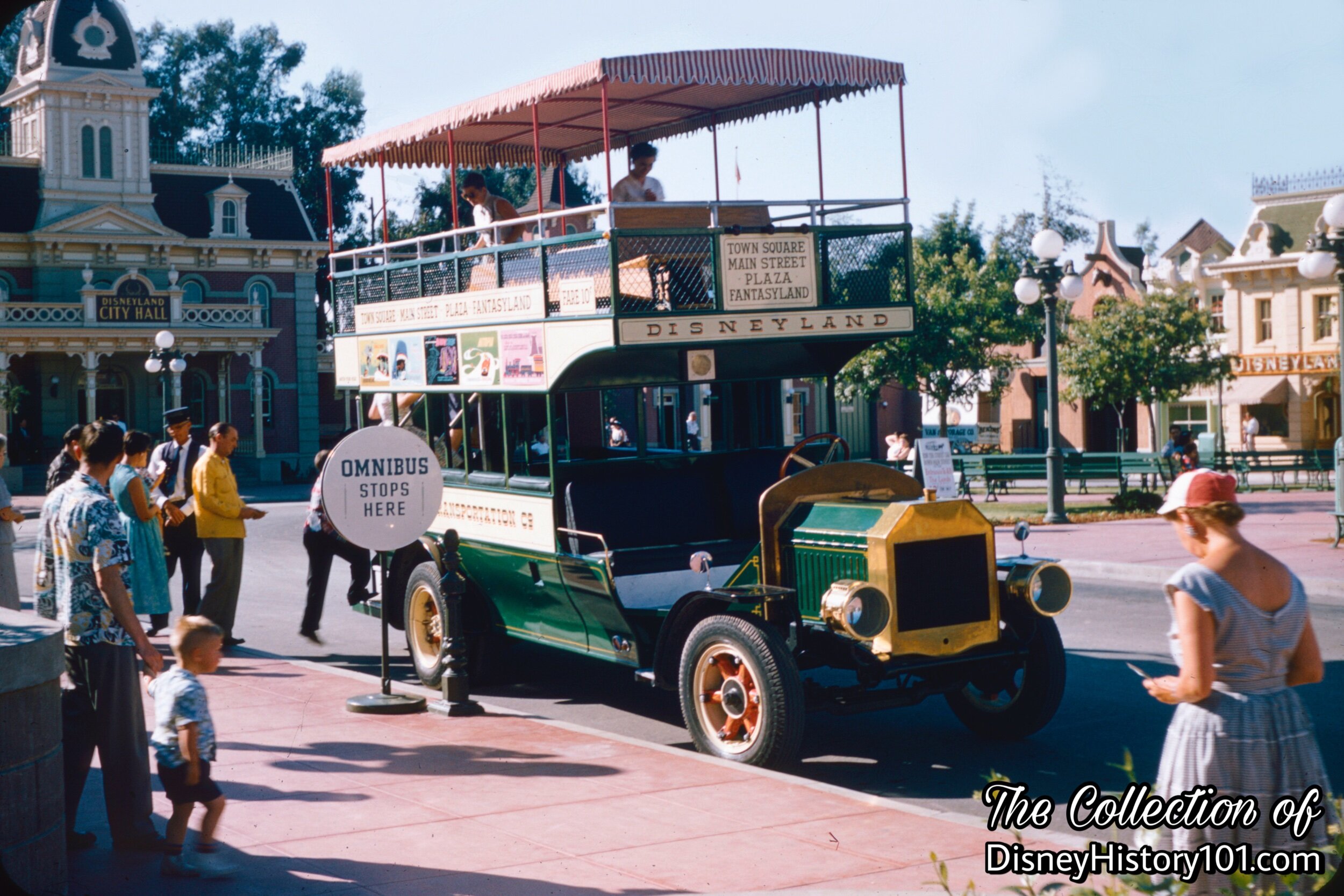
Yellow Omnibus Stop at Town Square
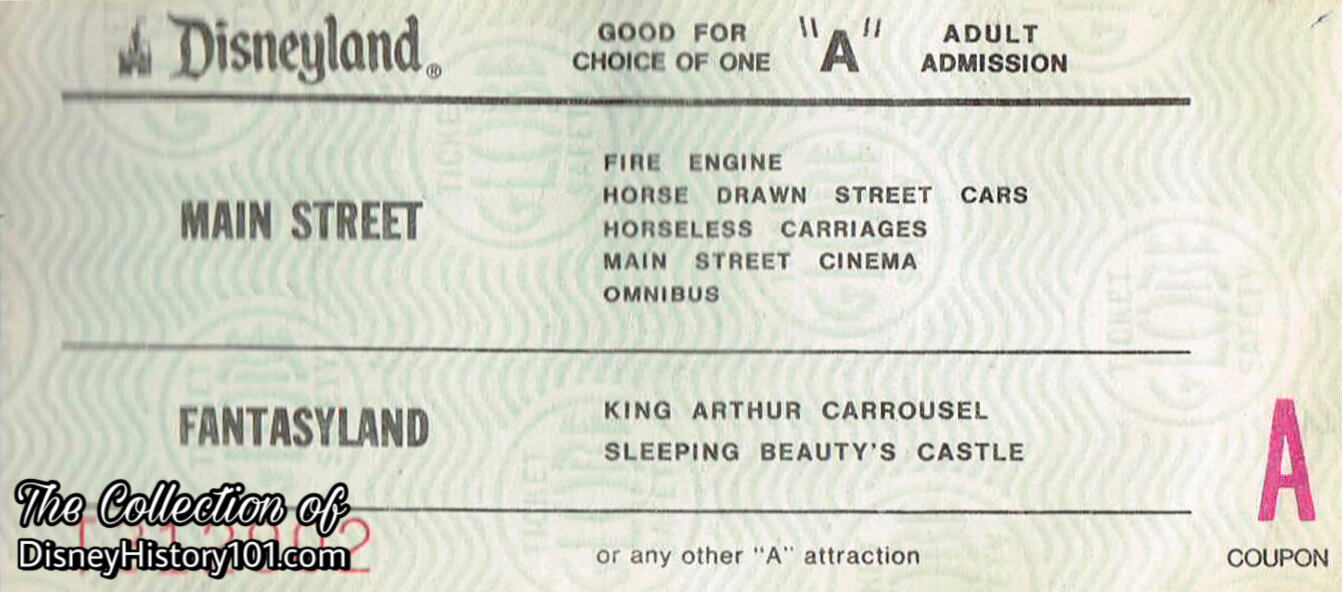
April, 1957.
Once upon a time, when guests boarded one (of two) Omnibuses (or any DMC, including the Horseless Carriages), the fare was payed with either a Disneyland Letter denomination Coupon, or a small amount of change currency. When Guests payed with coins, they were deposited in a meter, which was attached to the front passenger side of the vehicles.
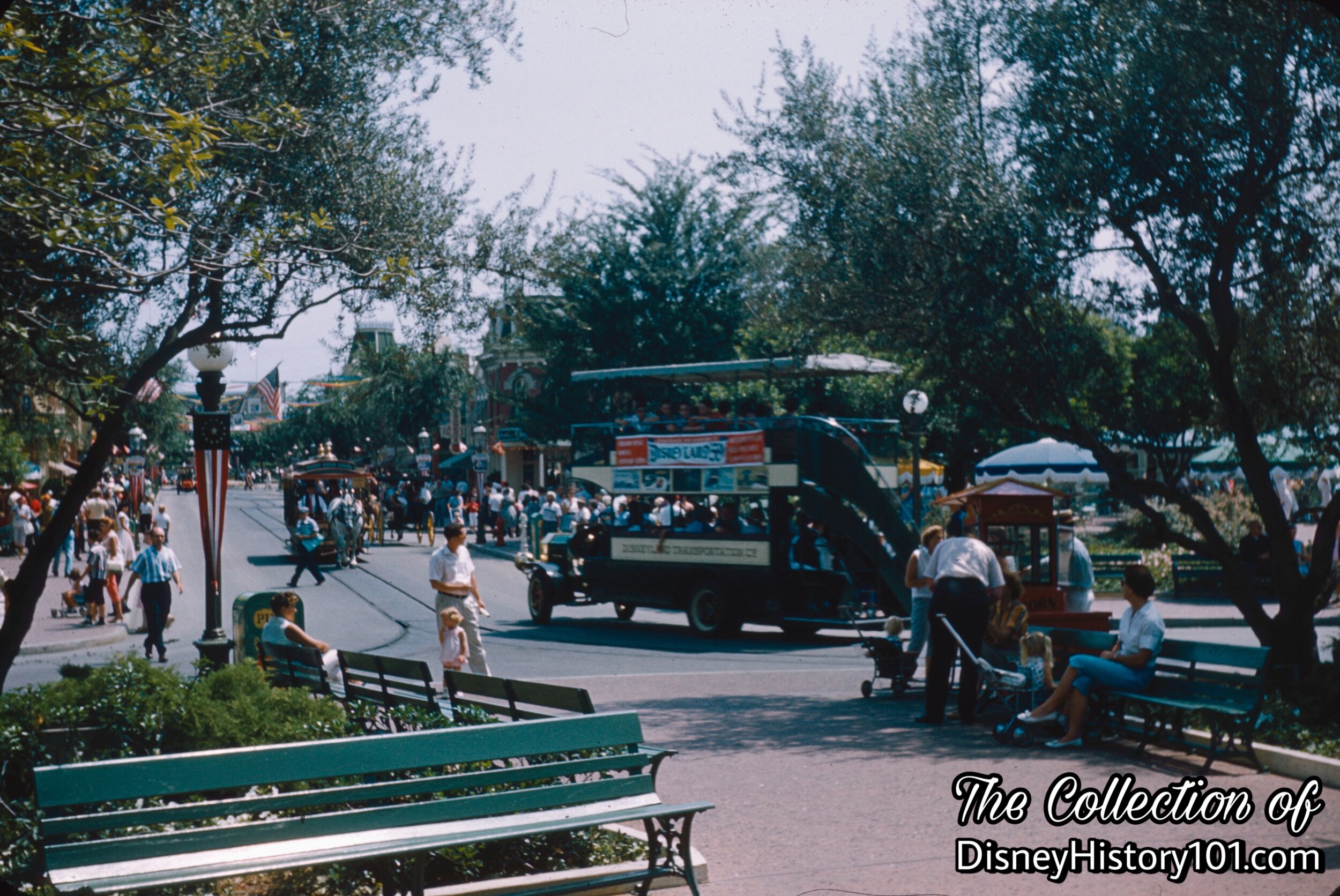
Omnibus with "Disneyland '59" Banner Leaves Central Plaza, (1959)
If you look closely, you can see the Ominibus’ banner advertising the six new attractions of 1959! Notice how the “Disneyland Dictionary” (published October 1958) described the route of the two (Disneyland Transportation Co.) double-decker buses: “Town Square, down Main Street, through Plaza and around Matterhorn. Return trip - Matterhorn, through Plaza, Main Street to Town Square.”
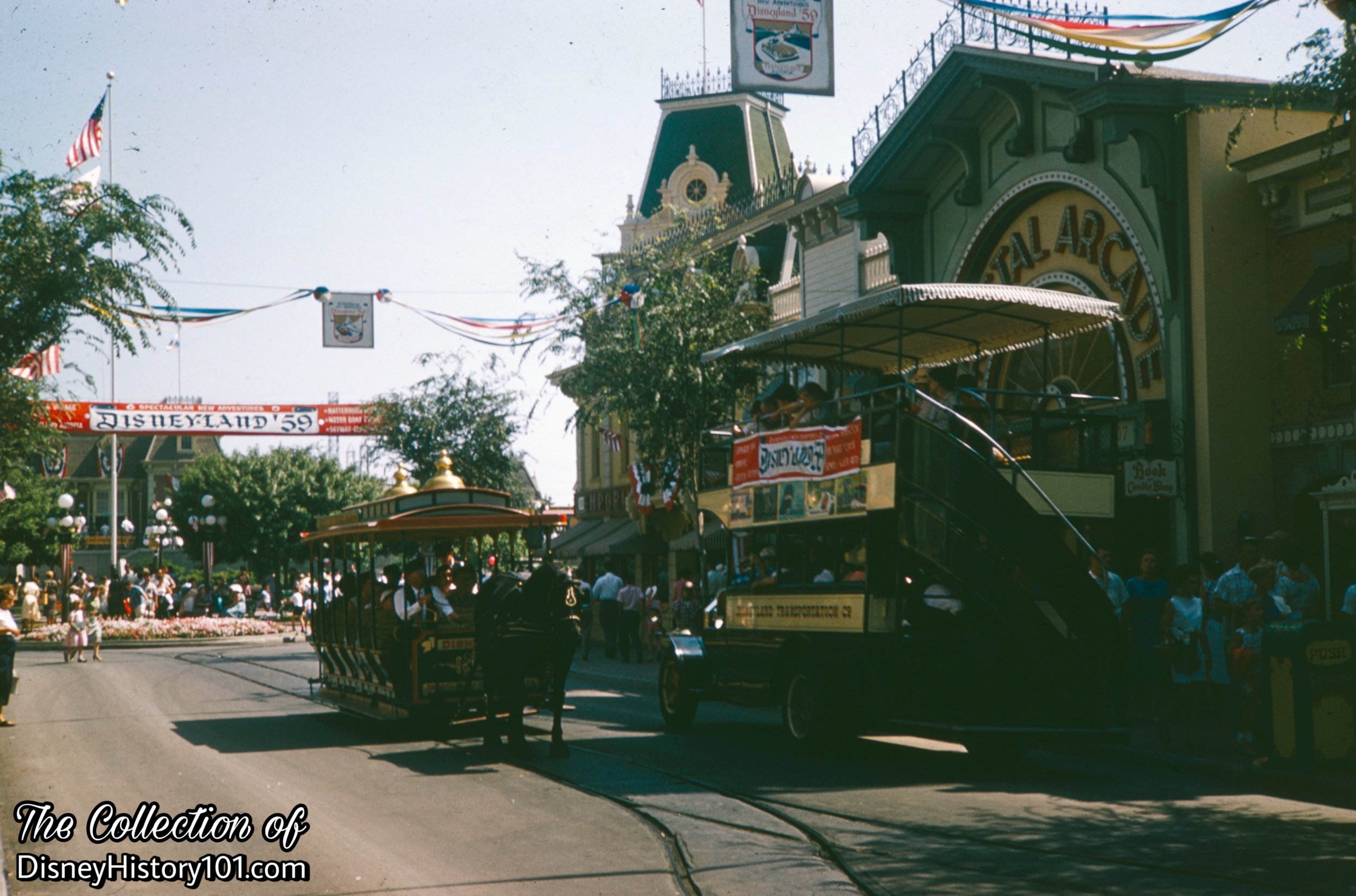
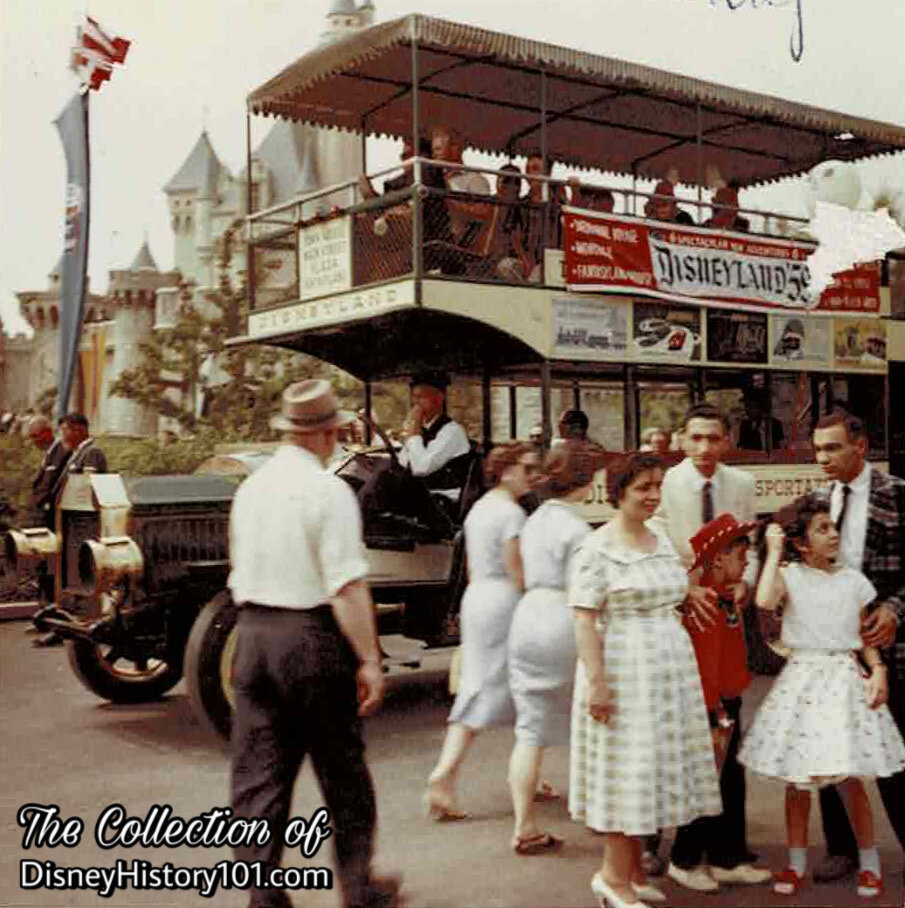
Omnibus with "Disneyland '59" Banner at Central Plaza
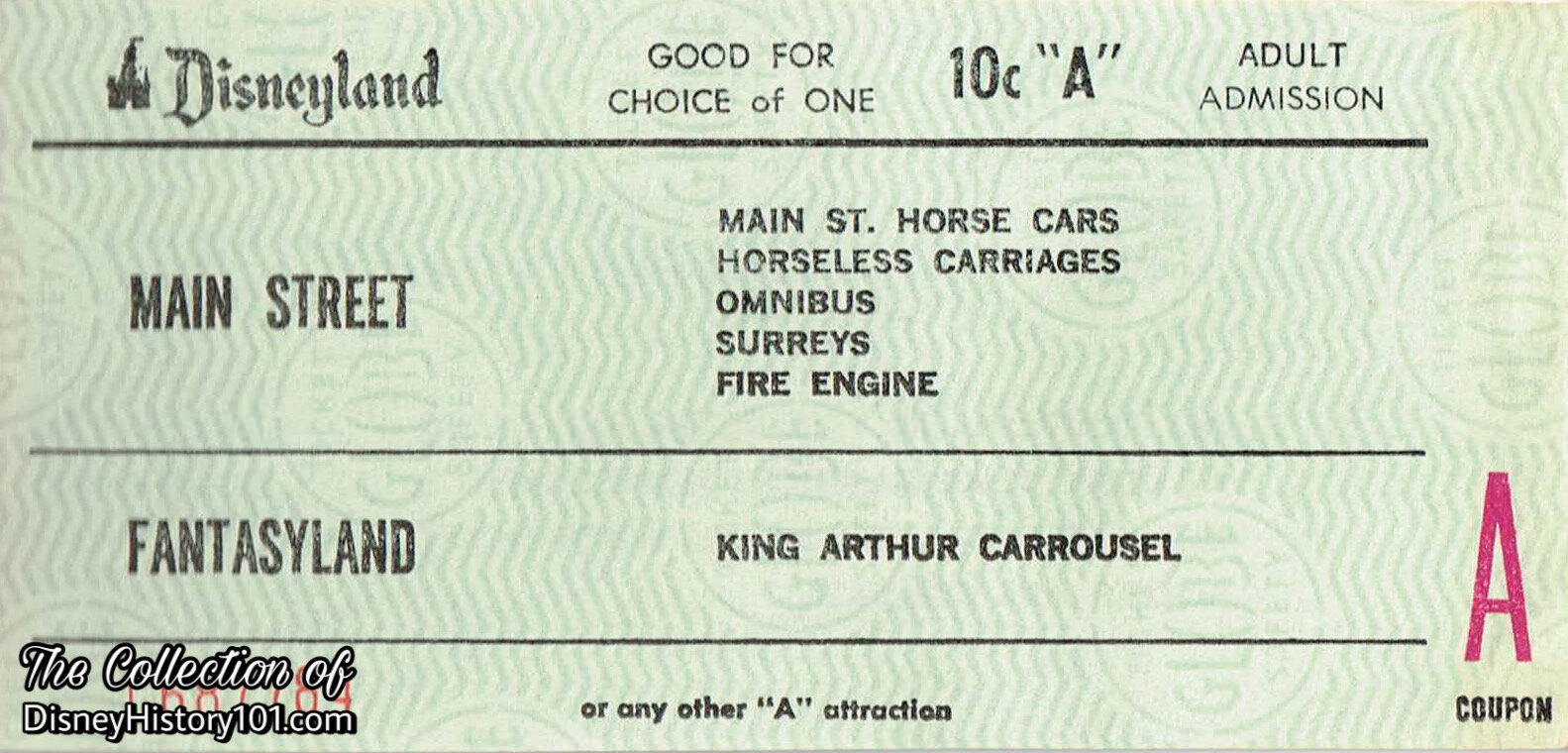
August, 1958.
By 1959, Joe Fowler was Vice President of Disneyland Operations Committee and Doc Lemmon of Disneyland Operations was overseeing Operators of Rides & Amusements (like the Omnibuses), Livestock, Parking Lot, and Ticket Sellers.
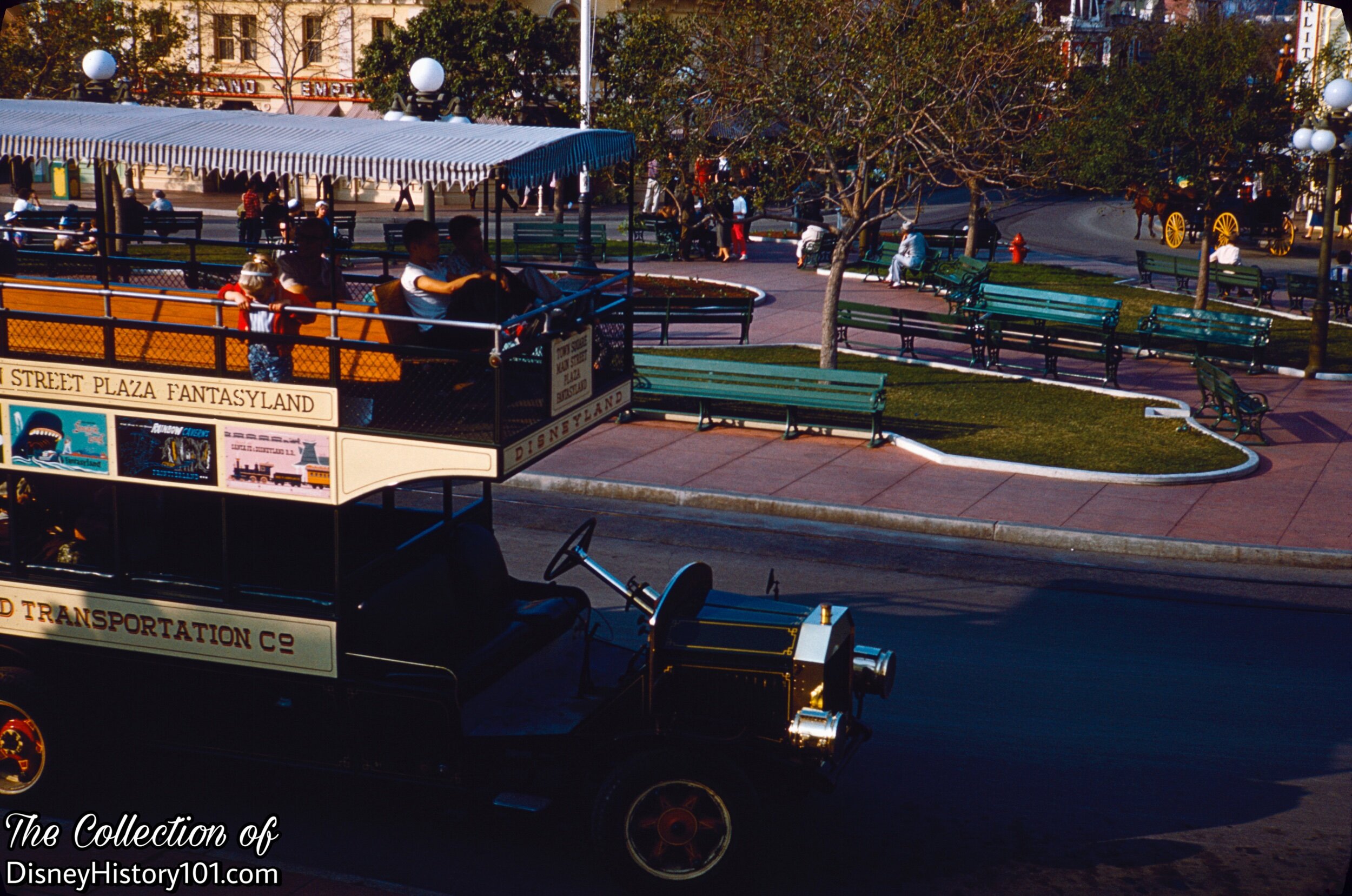
Omnibus at Town Square
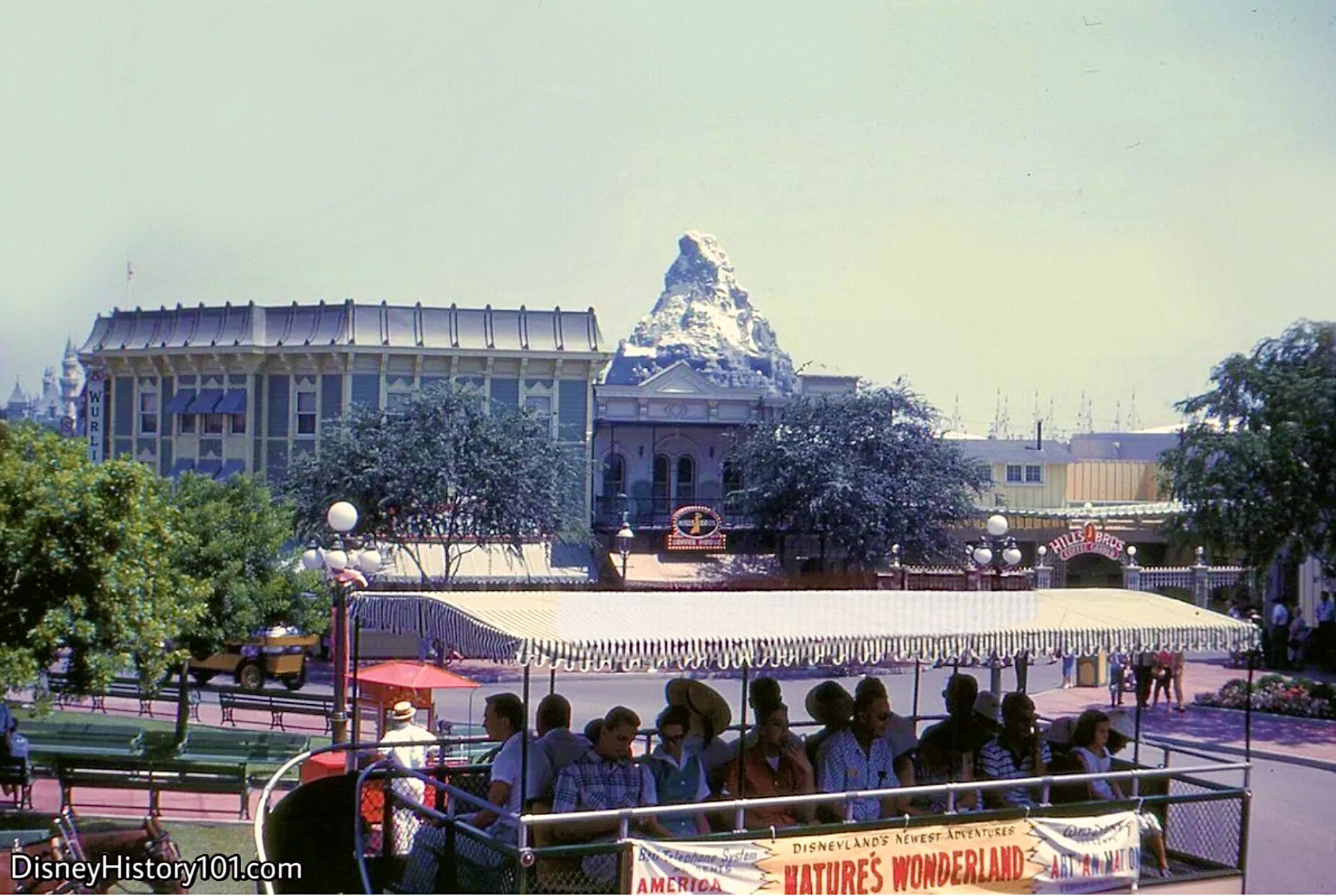
Omnibus with "Nature's Wonderland" Banner, (June, 1960)
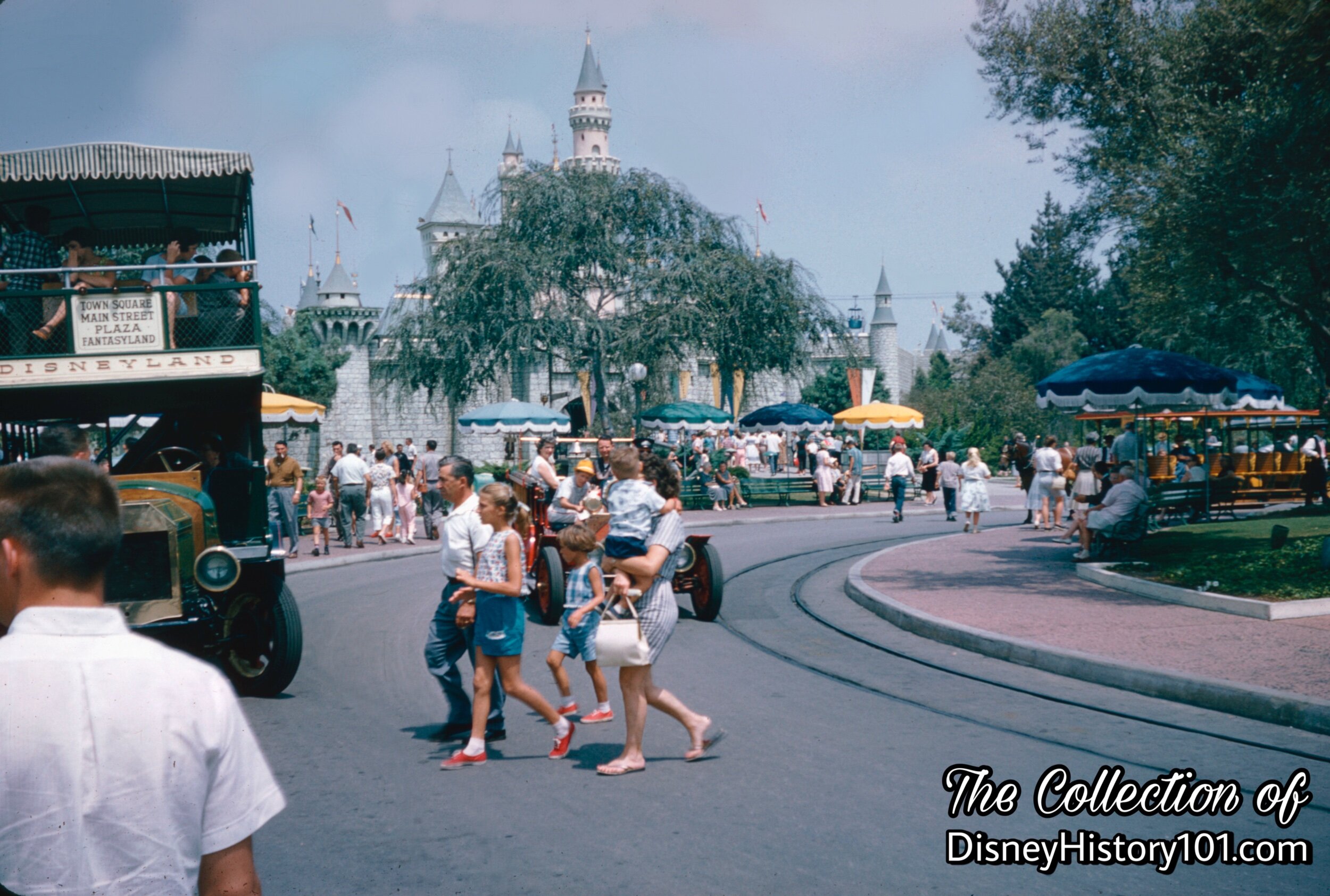
Omnibus, (August, 1960)
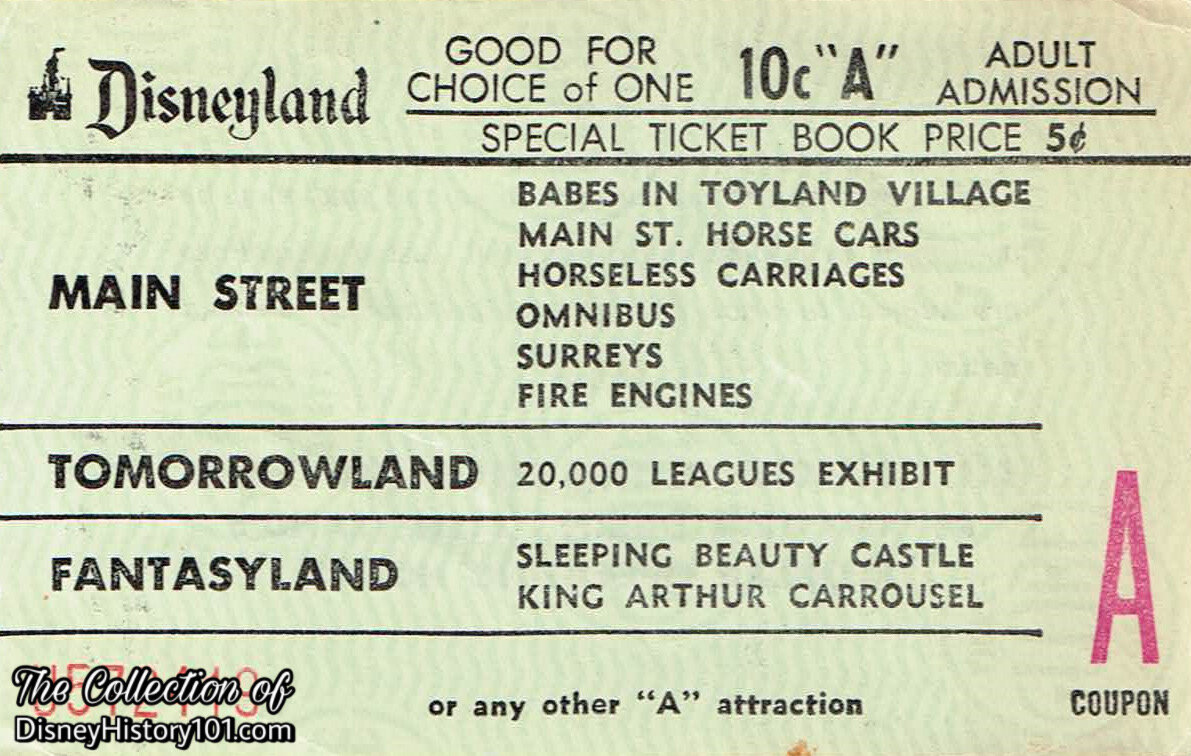
Disneyland "A" Coupon (December 1961 - September 1963)

Omnibus with "Disneyland '61" Banner, (c. June, 1961)
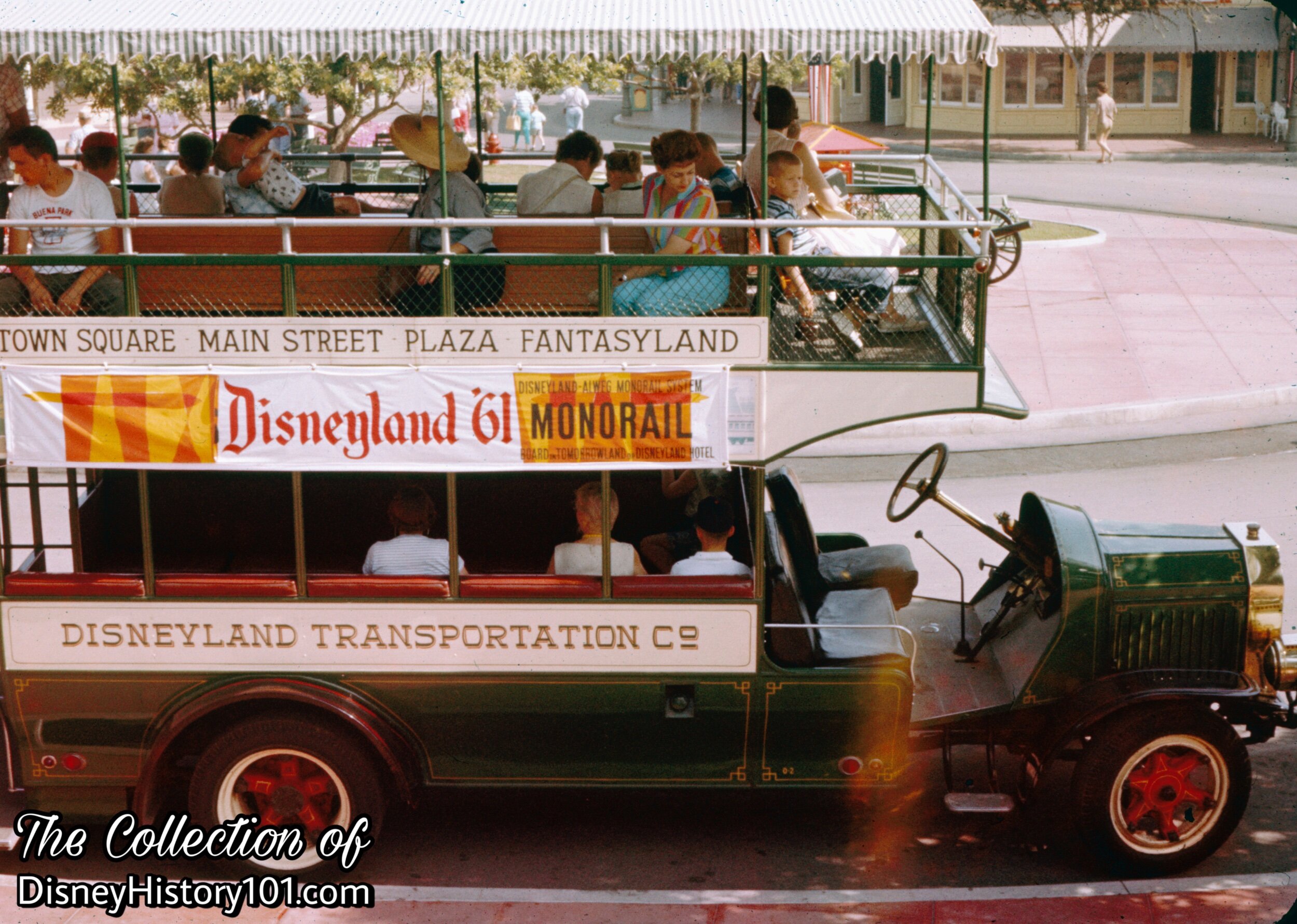
Omnibus with "Disneyland '61" Banner, (1961)
When the Monorail reopened with its new route to the Disneyland Hotel, the Omnibus heralded this new line along the side of the Omnibus!
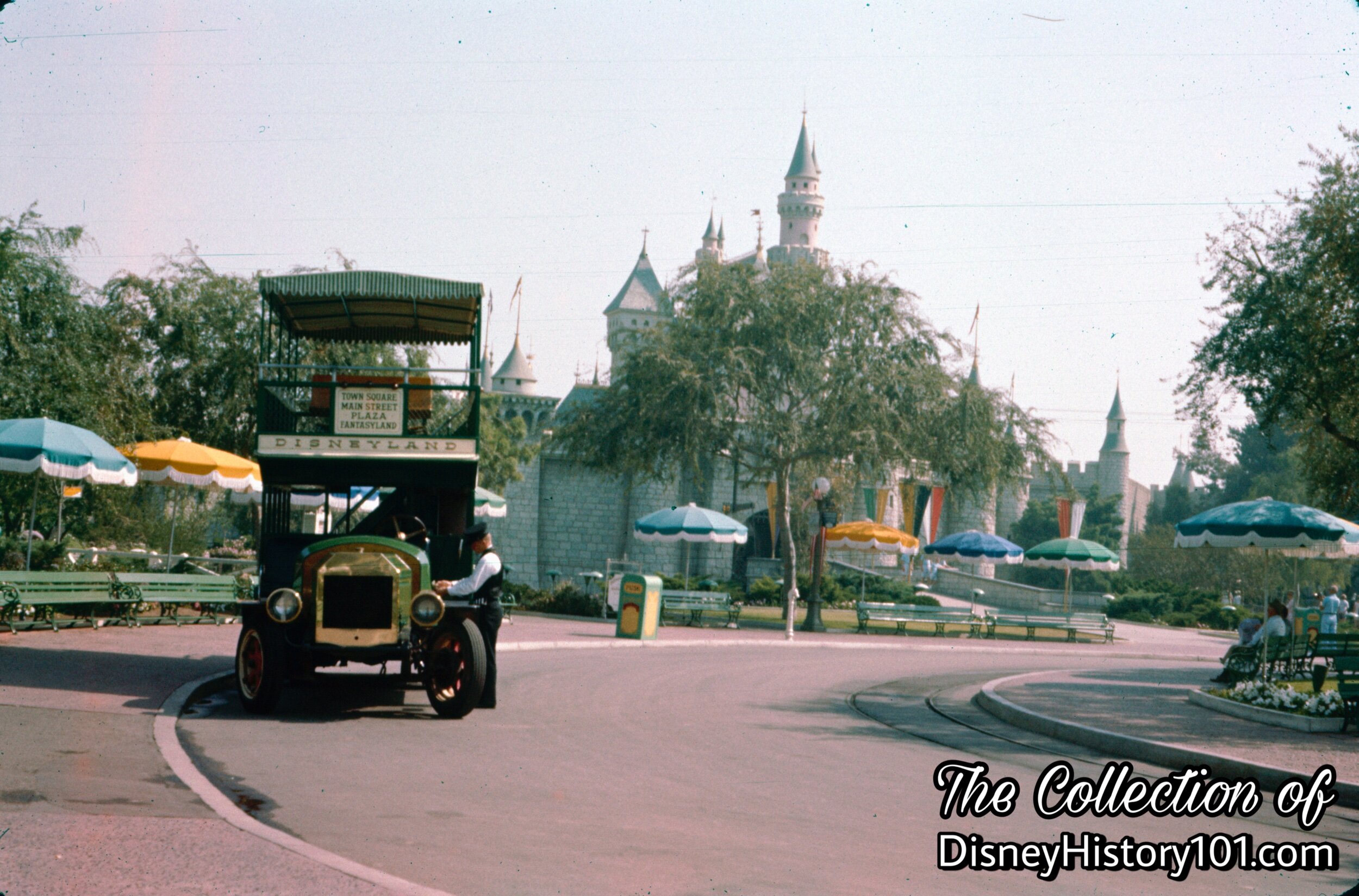
Omnibus at the Plaza, (1961)

Omnibus Point-of-View, September, 1962.
The Omnibus offered a wonderful panoramic of Town Square, Main Street USA, and the Plaza. Owing to this, in August of 1962, Lloyd Richardson, Larry Clemmons, Joe Marquette, and Jack Leppert (of the Walt Disney Studio) filmed and shot scenery from the Omnibus for Studio Production #3185.
The Omnibus operated with one unit during weekdays and week ends during the winter season of 1962. The “Ride Operating Schedule” effective October 3, 1962 described the attraction as having a 280-Guest capacity during winter week end days and a maximum daily capacity of 560 Guests.
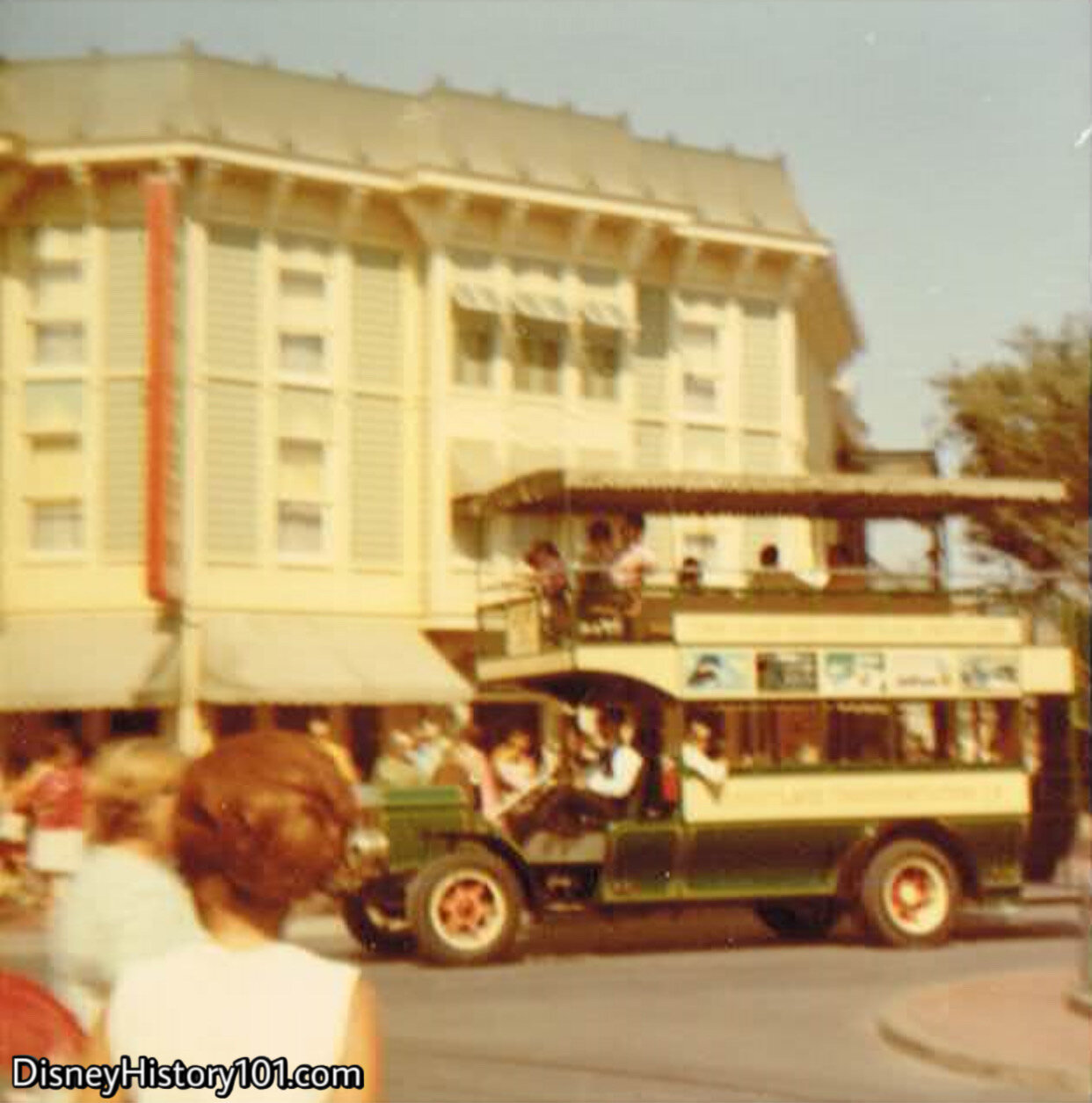
Omnibus Leaving Town Square
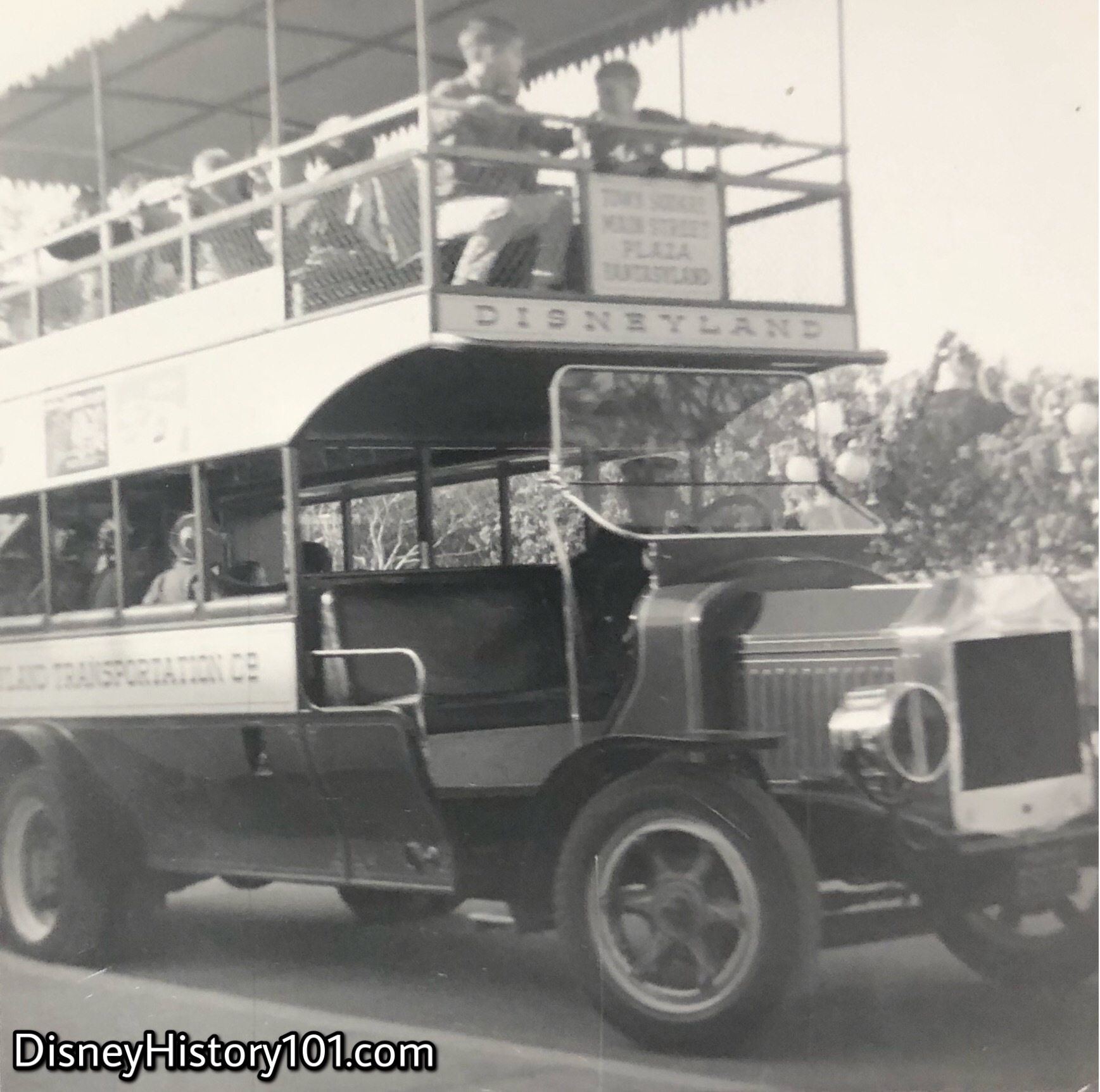
Omnibus at the Plaza, (January, 1964)
The importance of the attraction ceasing operation during performances was emphasized in a short piece published in Backstage Disneyland, 1965: “JACK WHITTINGTON, Main Street foreman, will always remember the day the Chinese Girls Drill Team performed on Main Street. The girls paraded up to Carefree Cor-ner, gave an interesting exhibition of their skill, and then marched back down the street to presumably make their exit. So Jack gave the order for the vehicles to resume their usual functions. Much to his amazement, half of the Drill Team wheeled around and started another tour up the street. This must have been a sight to behold. There they were girls marching, with drums beating, batons flying, whistles blowing, trying to dodge street cars, Omnibuses, and horseless carriages with their horns honking and bells ringing. There's never a dull moment for the Main Street Supervisors.”

Omnibus in Town Square
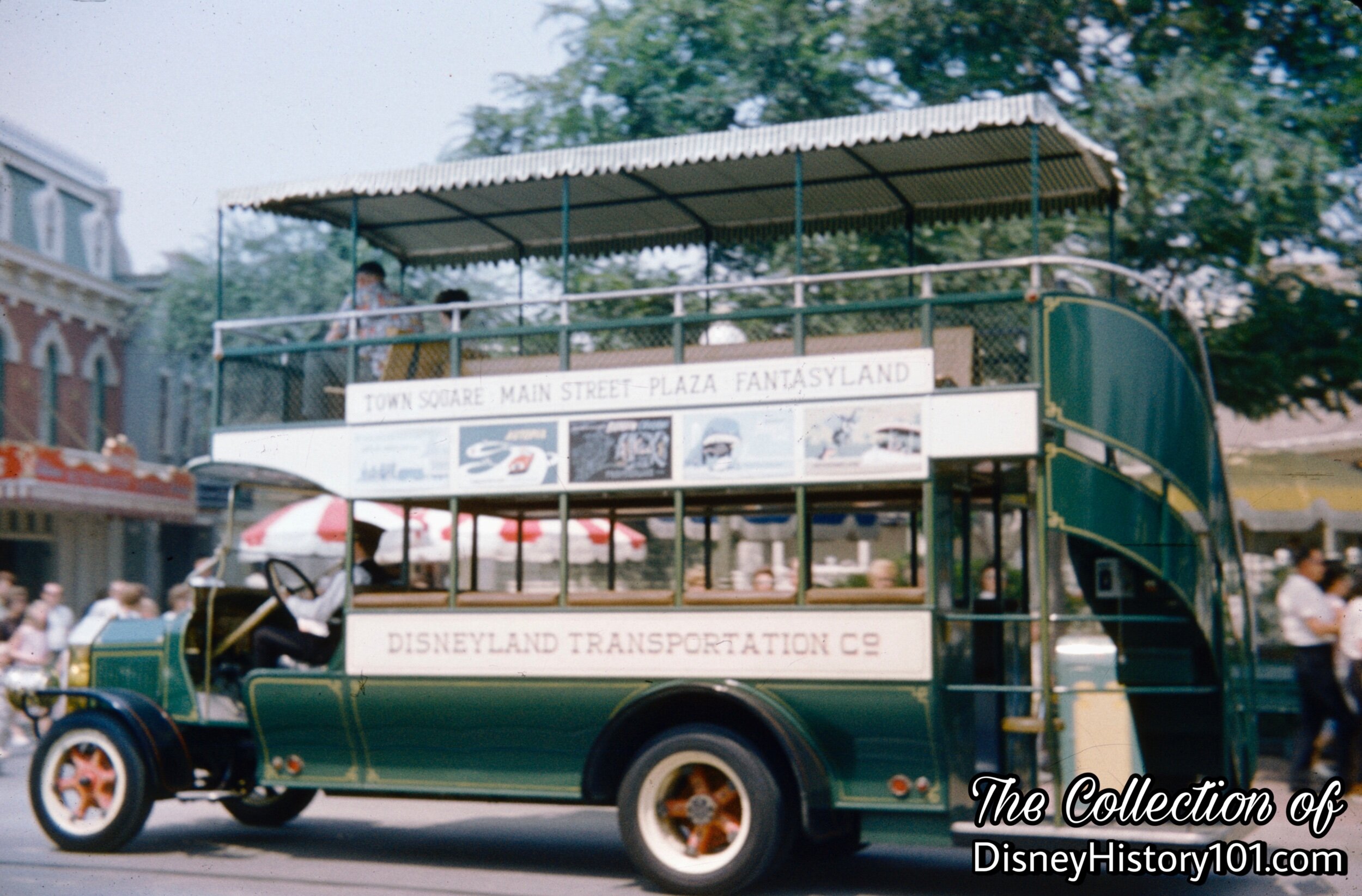
Omnibus Leaving The Plaza, (1964)
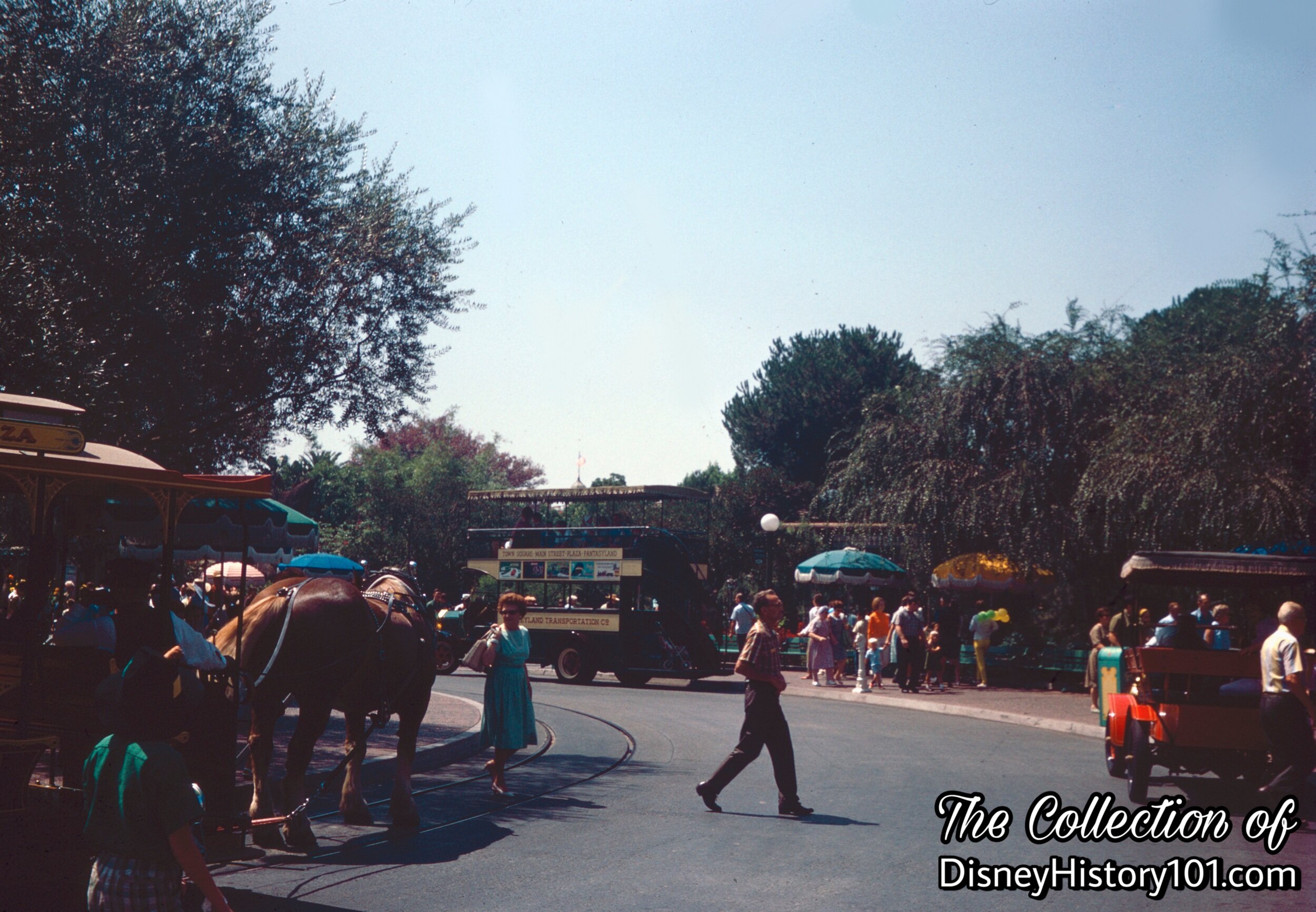
(1967)
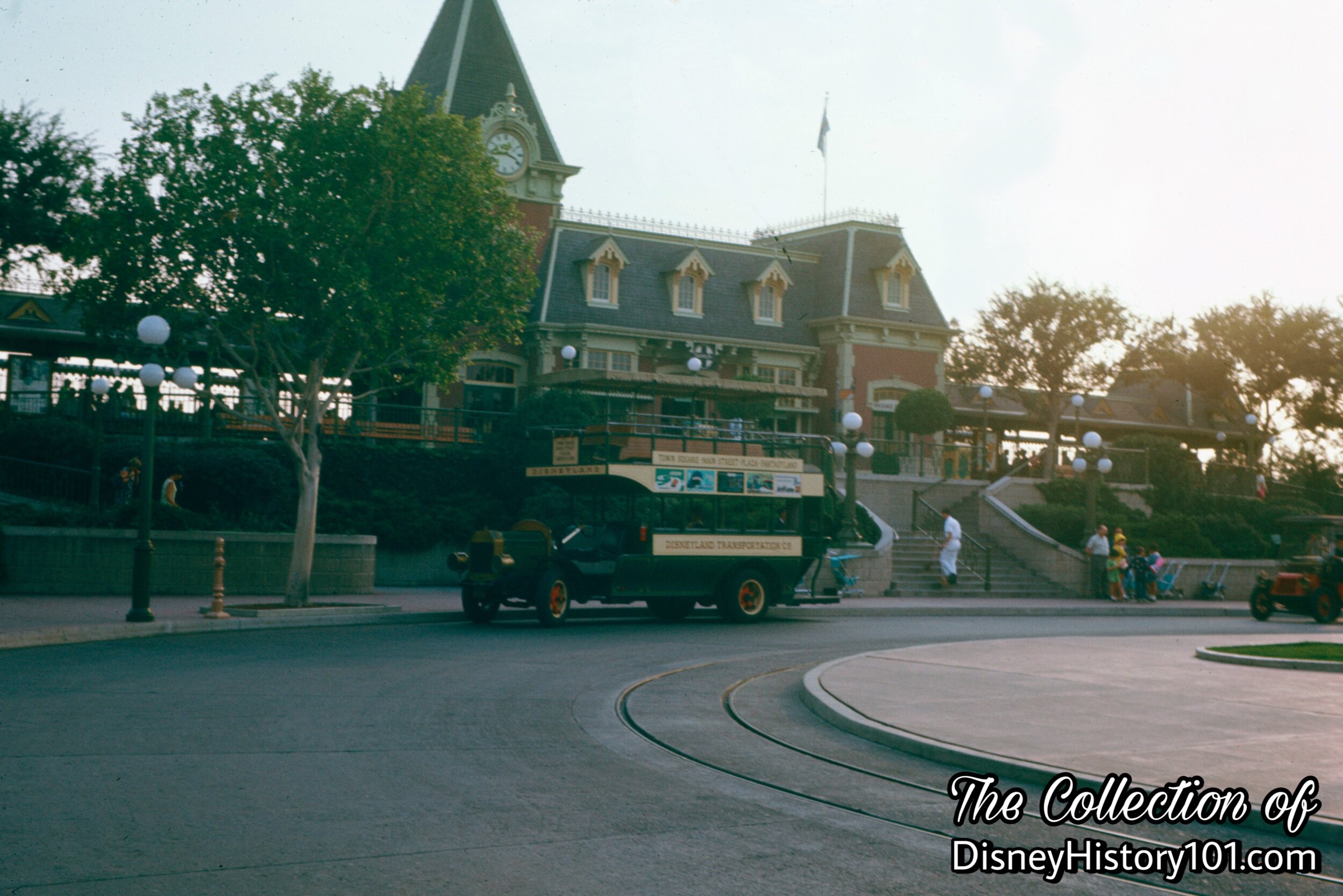
Omnibus at Town Square, (November, 1967)

An Omnibus Leaves Central Plaza, (October, 1967)

Omnibus, (1971)
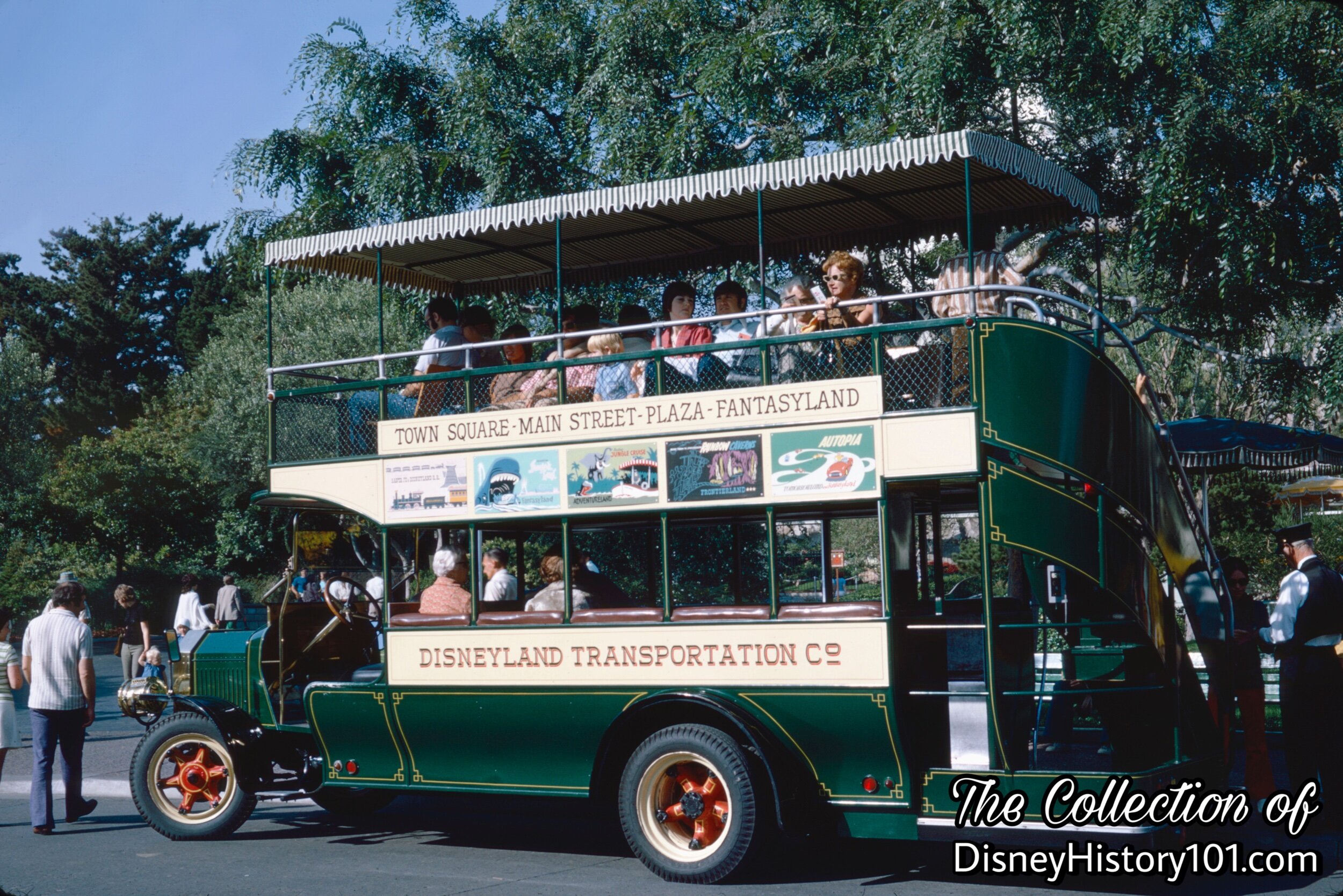
Omnibus, June, 1973.
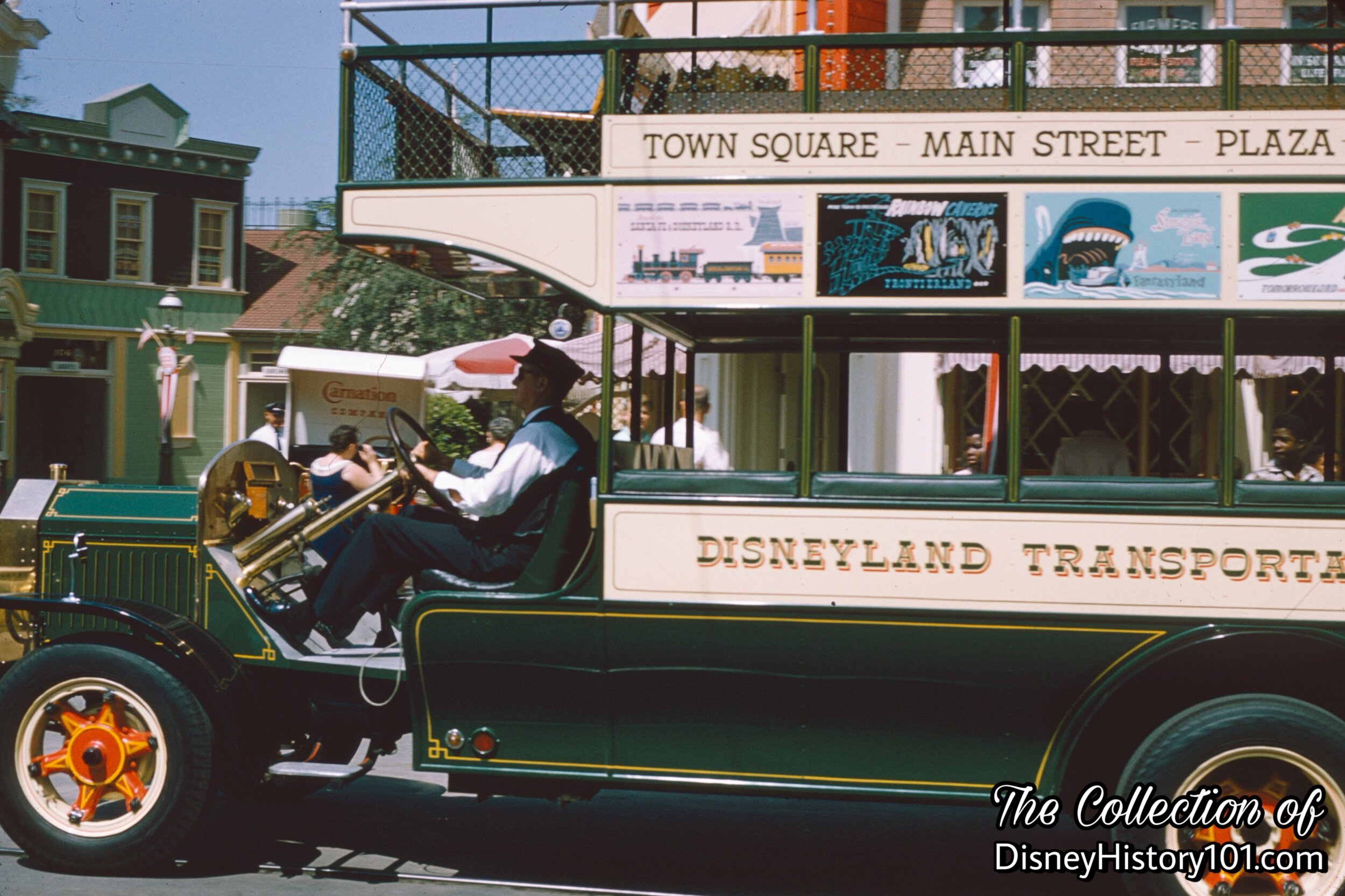
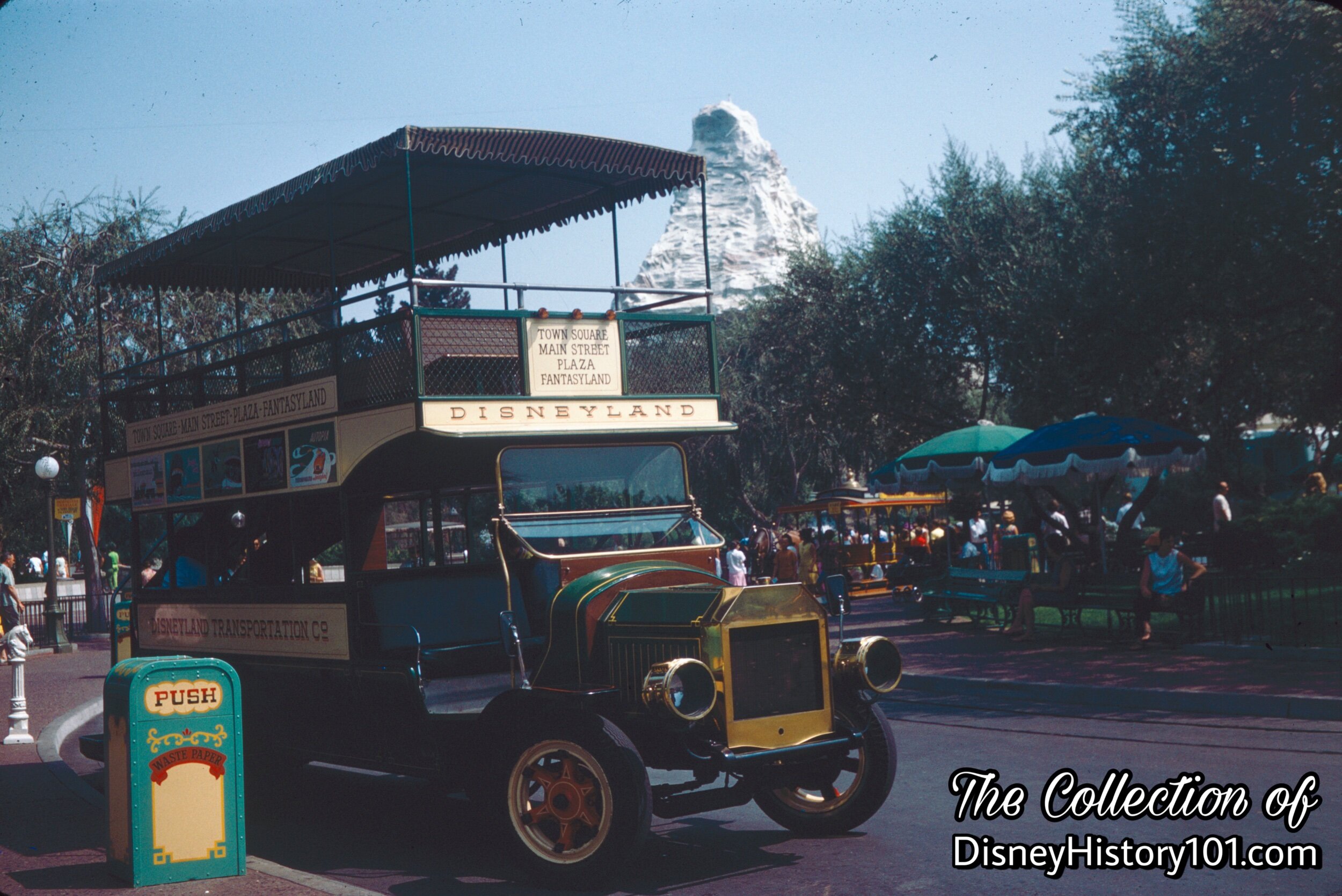
Omnibus, (1967)
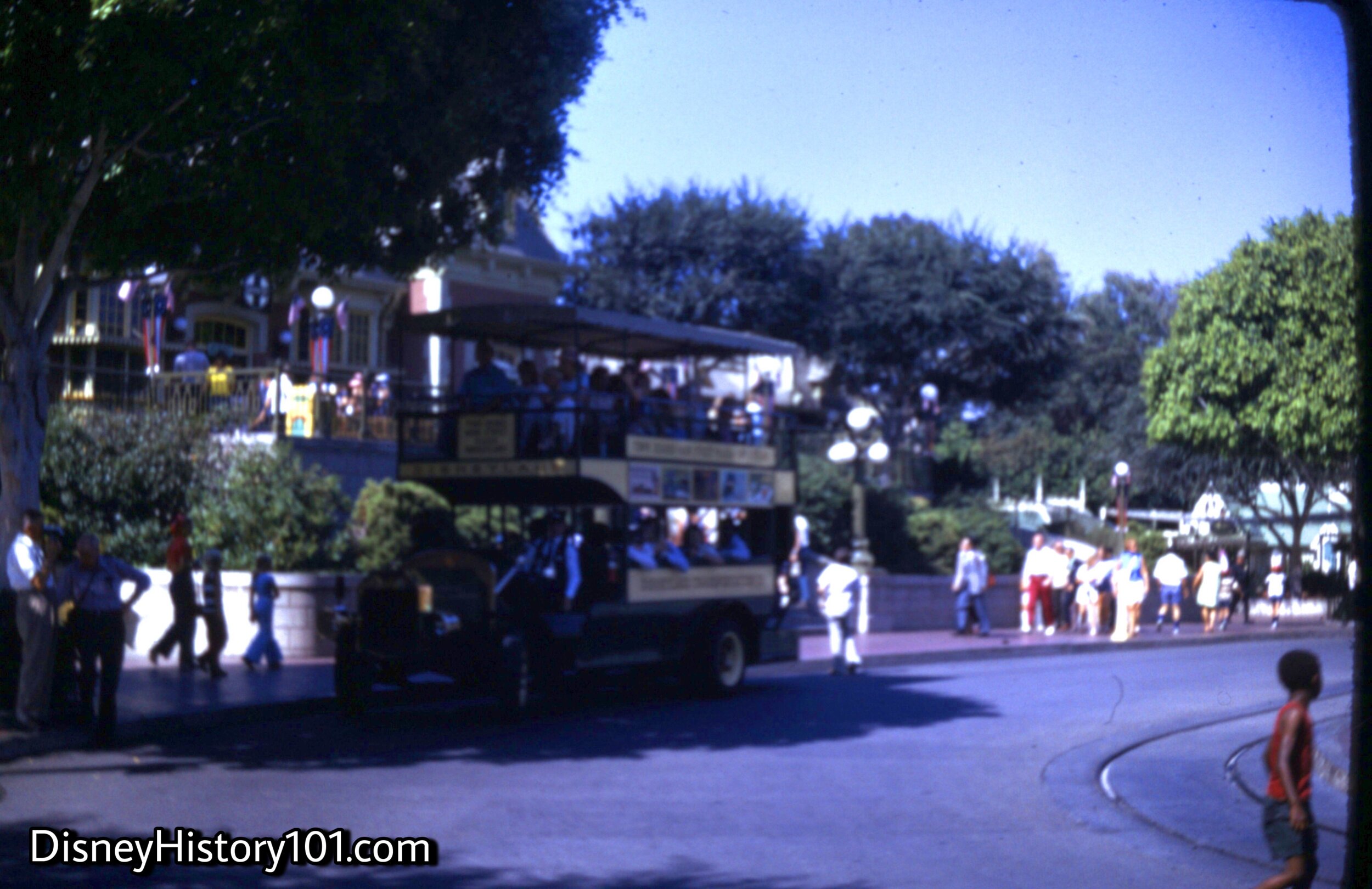
Omnibus
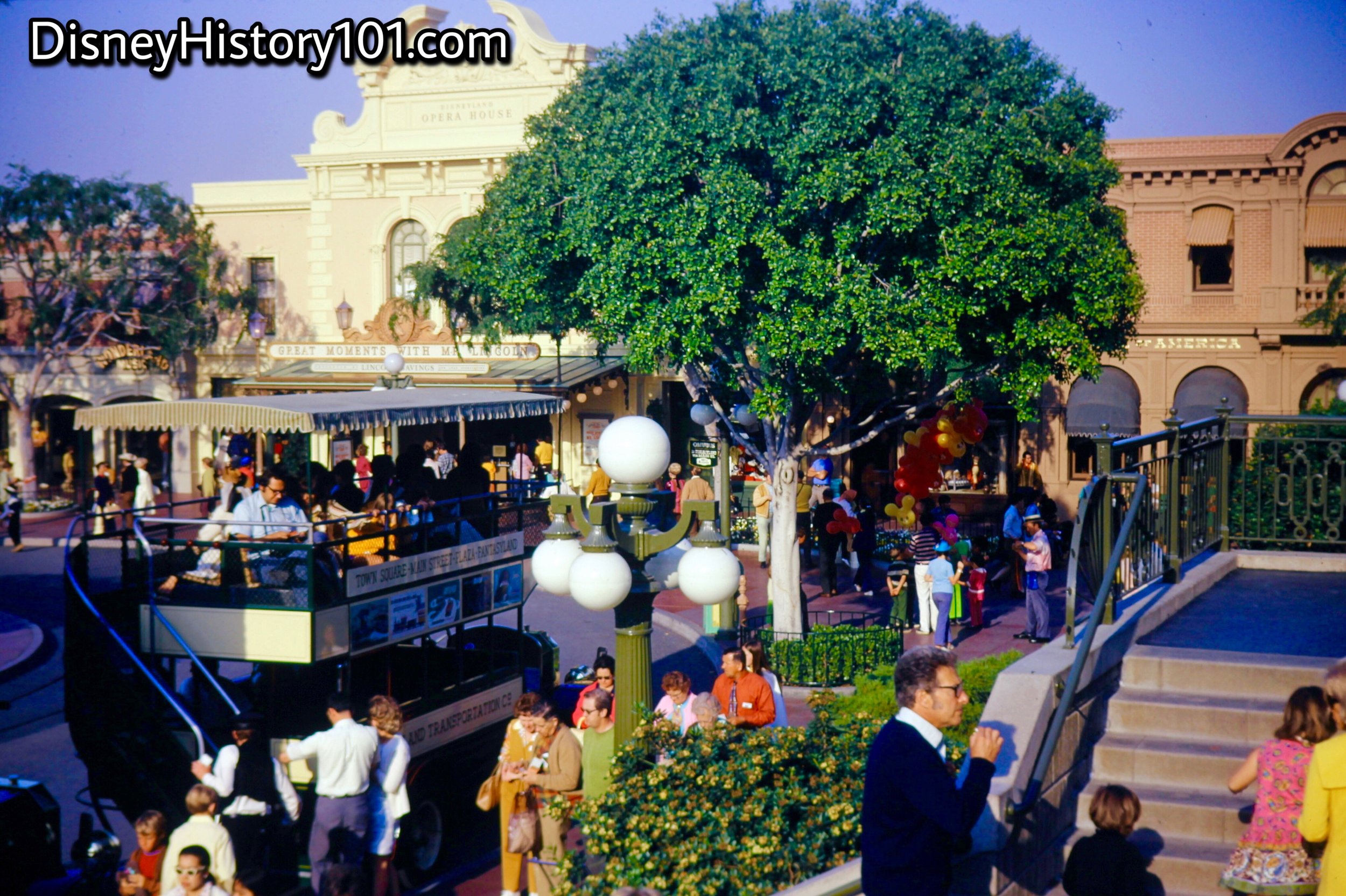
Omnibus at Town Square, (April, 1971)
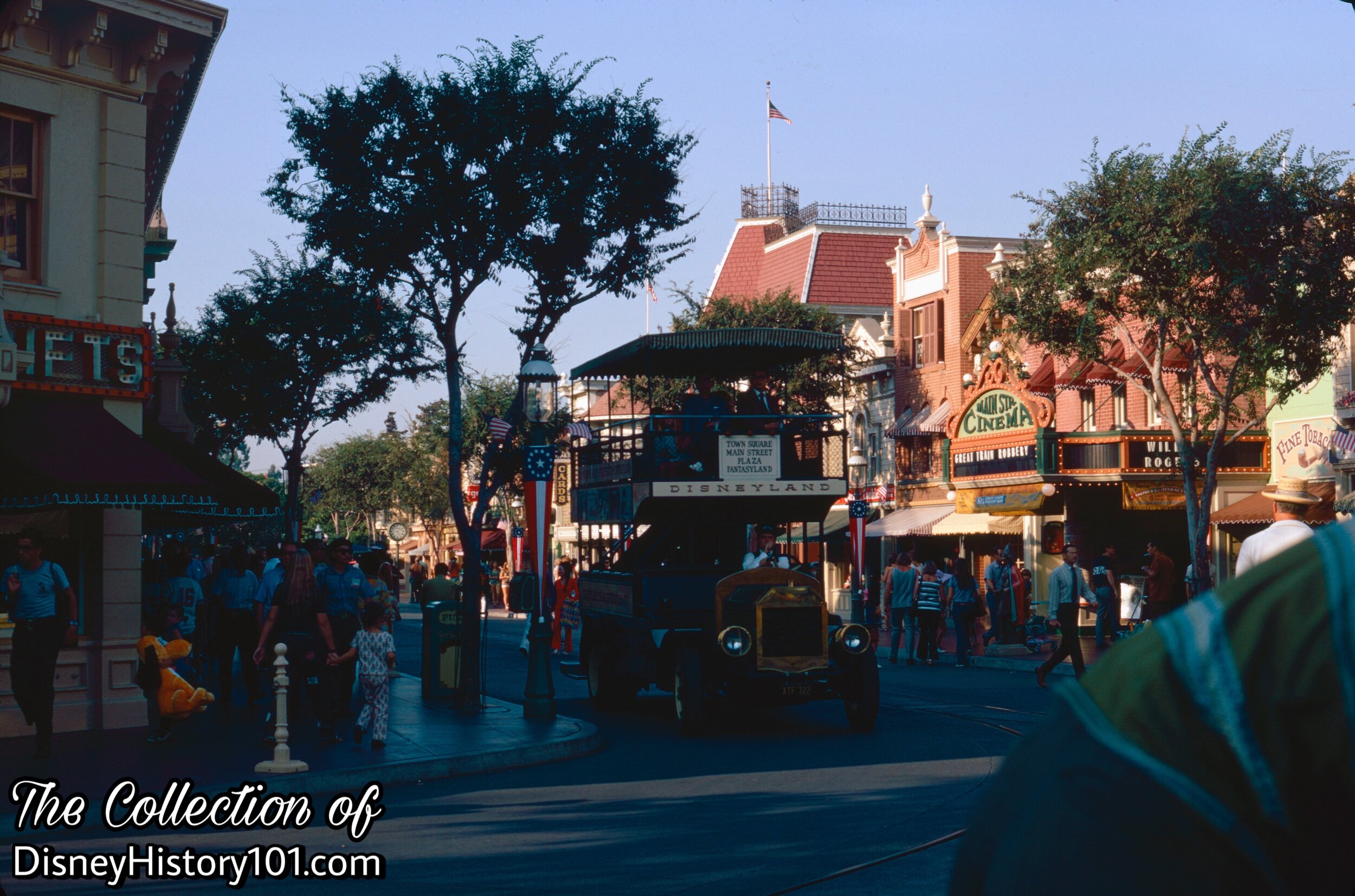
Omnibus, (c. 1972)

All American Marching Band Dancers and All American College Singers making Disney magic and performing from an Omnibus, 1975-1976.
The Omnibus was often utilized during parades. During “La Fiesta de Cinco de Mayo Parade” of May 3 & 4, 1969, the Omnibus was driven by Operations with 40 Corina Valdez Dancers on board throwing serpentine confetti. More than a decade later, the Omnibus was decorated with red, white, and blue ribbons and bunting for the American Bicentennial celebration and carried the All-American College Singers down Main Street, U.S.A.!
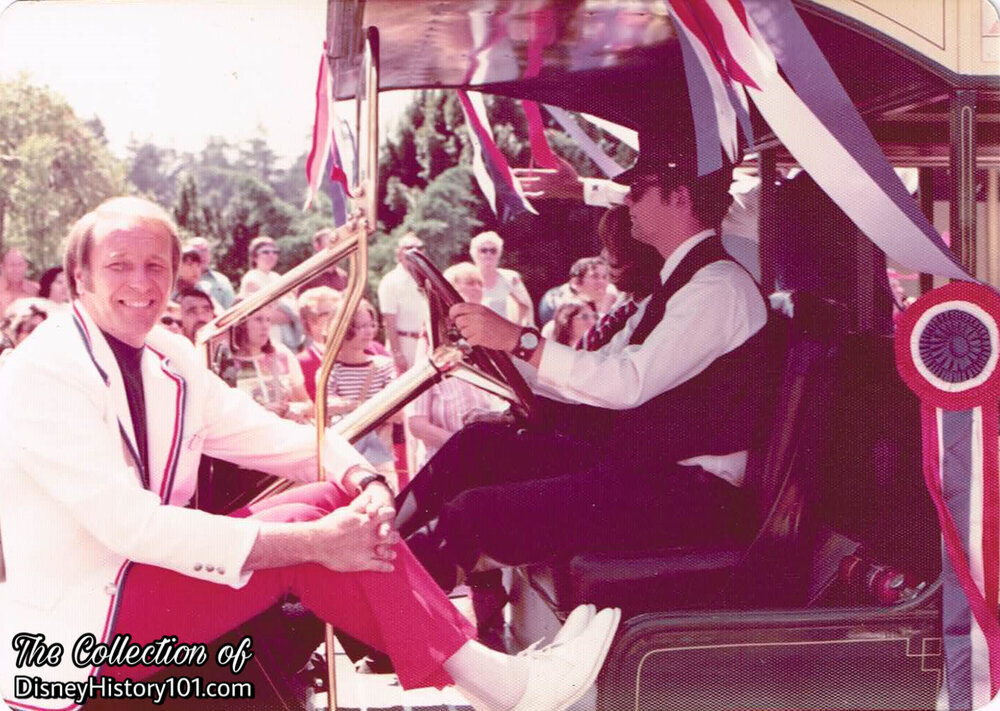
The Band Director aboard an Omnibus, 1975-1976.

Omnibus Ferries Guests During American Bicentennial Celebration, (1975-1976)
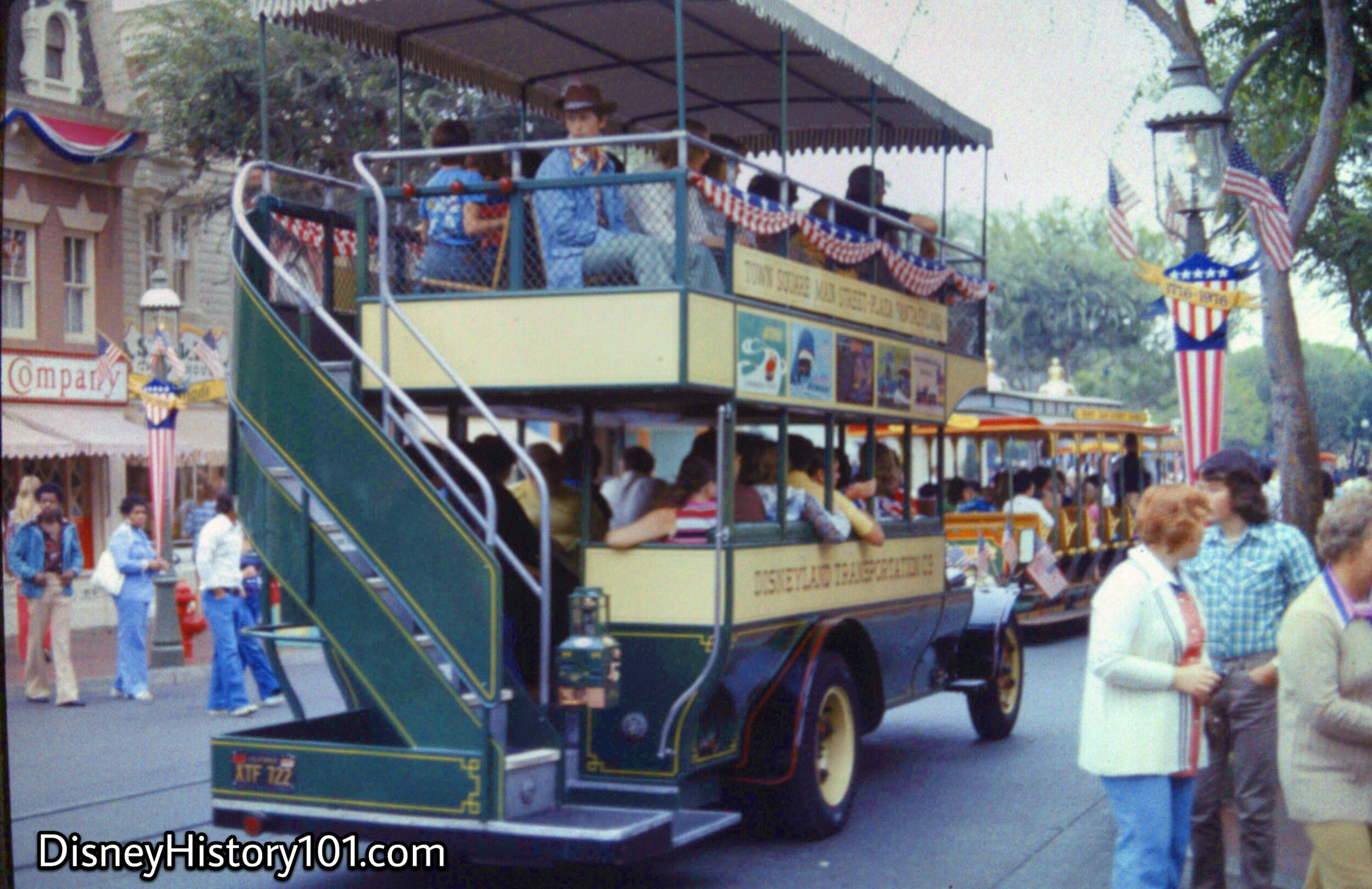
Omnibus Ferries Guests During American Bicentennial Celebration, (1975-1976)
The Omnibus played a role in the American Bicentennial Celebration at Disneyland from 1975 to 1976. The “double-decker” Omnibus was all decked out in red, white, and blue ribbons and bunting in honor of the America on Parade event.
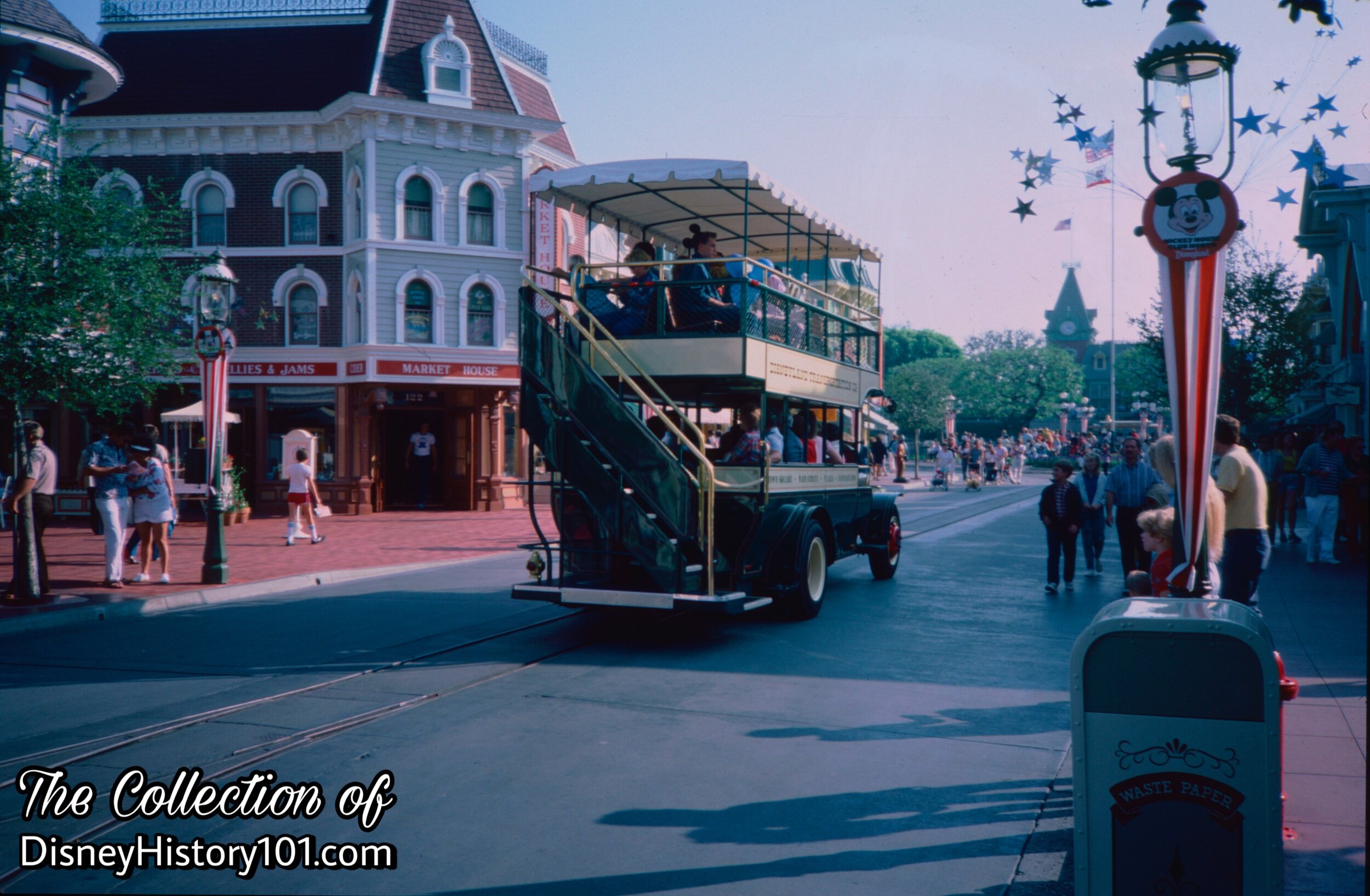
A Disneyland Transportation Co. Omnibus on Main Street U.S.A.
“55er” Dave Bartchard recalled: “I was very impressed when we transferred the vehicles to natural gas. They asked for my opinion about it and I said that I favored the change because I like clean air. The Omnibus was the first to go over to natural gas, then the Jungle boats, and the Motor Boats, Rafts and the Keel Boats followed along. We couldn't do it for the Submarines because there was no place to put the tanks.”
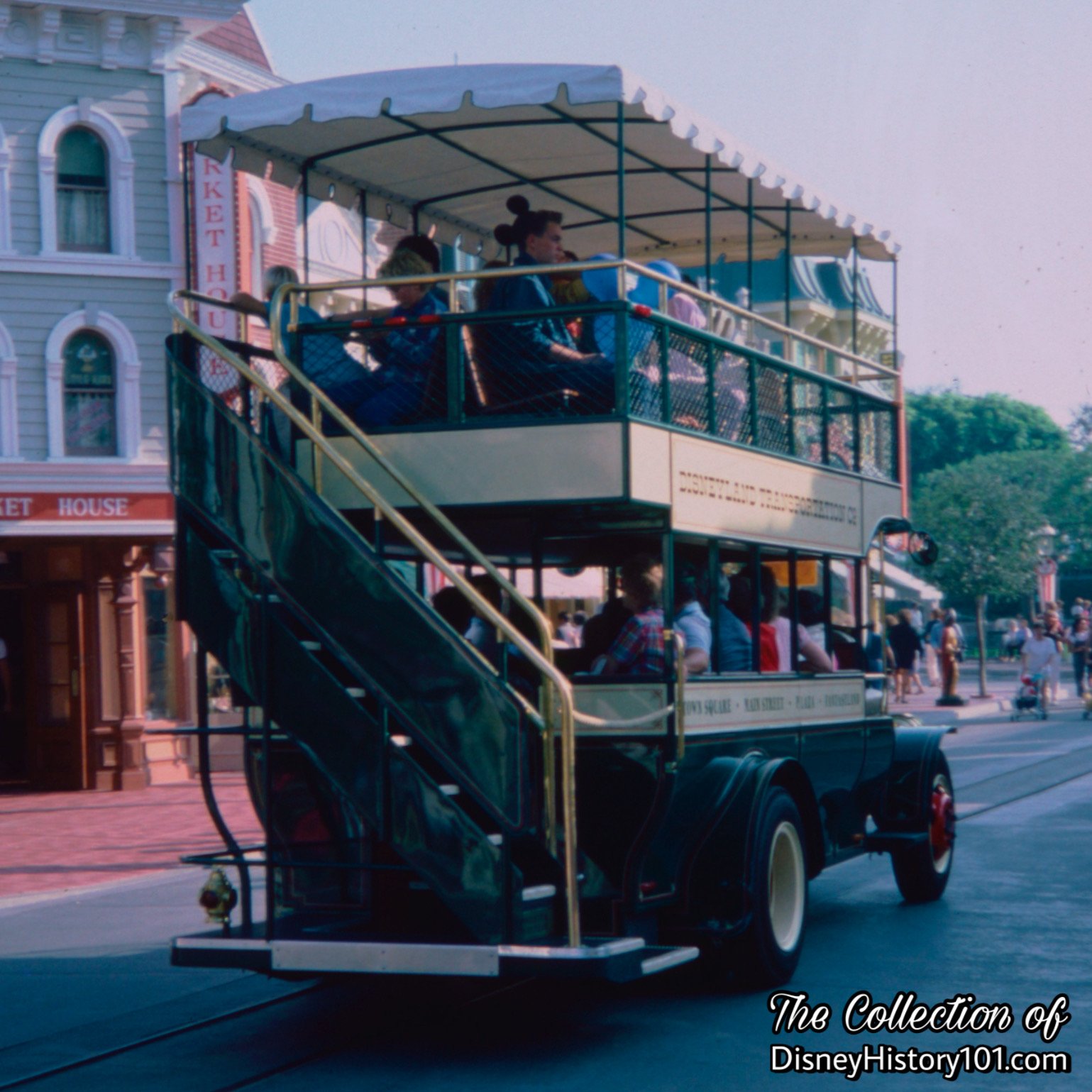
A Disneyland Transportation Co. Omnibus on Main Street U.S.A. (Note the missing signs.)
By 1981 Main Street Vehicles were open-air, double-deck busses of the type used in major cities at the beginning of this century. They traveled the Town Square-Plaza route with the driver providing a colorful live-narration along the way. As a result they contributed $24,000 in revenue (of $94,576,000 area sales) for Center Stage at Disneyland.
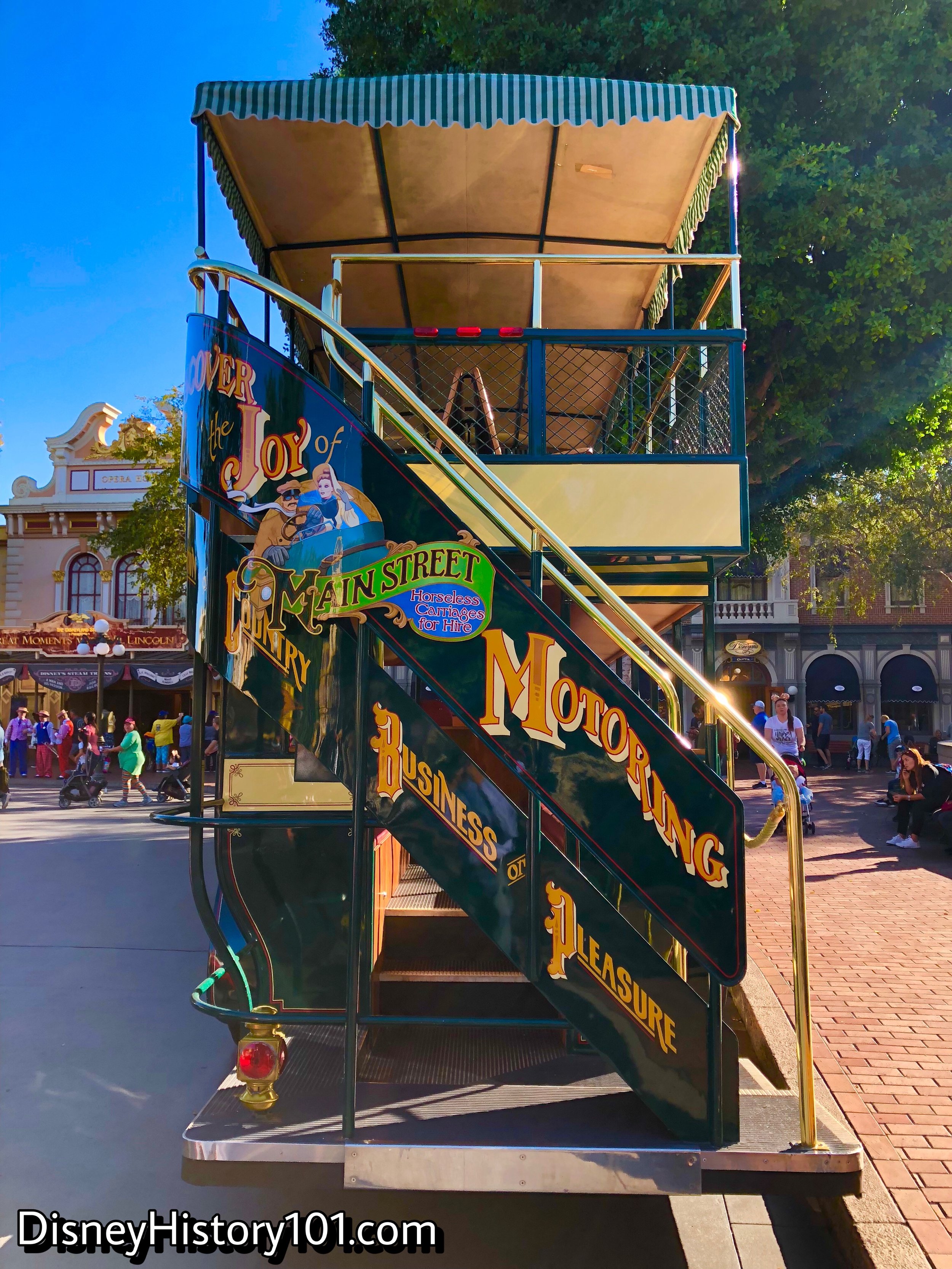
Omnibus, (2019)
By 1996, the Main Street Vehicles (Fire Engine, Horseless Carriage, Omnibus, Horse-Drawn Streetcars, ‘03 Red, ‘03 Yellow, Double-decker touring bus (5/8-scale), and Horse-powered trolley cars were presented by National Interrent.
In recent years the Omnibus is accounted as part of the Main Street Transportation Co., the fictitious business for the old-fashioned gasoline-powered Main Street vehicles. Disneyland actually looses money on Main Street vehicles, but they are vitally important to the showmanship of Walt’s recreation of Main Street U.S.A. They are operated by the “first impression” and “last impression” representative host of Disneyland.
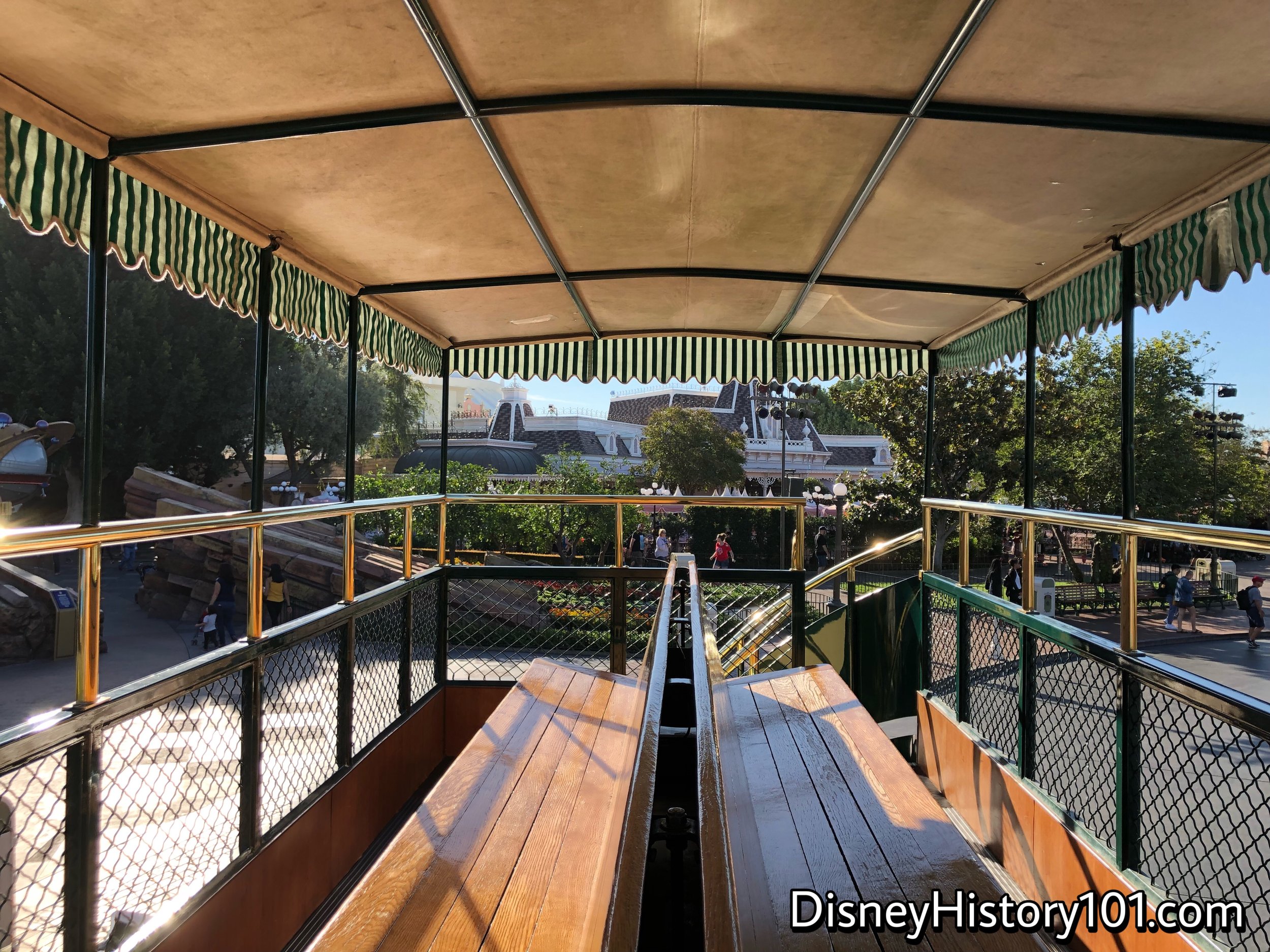
Omnibus, (2019)
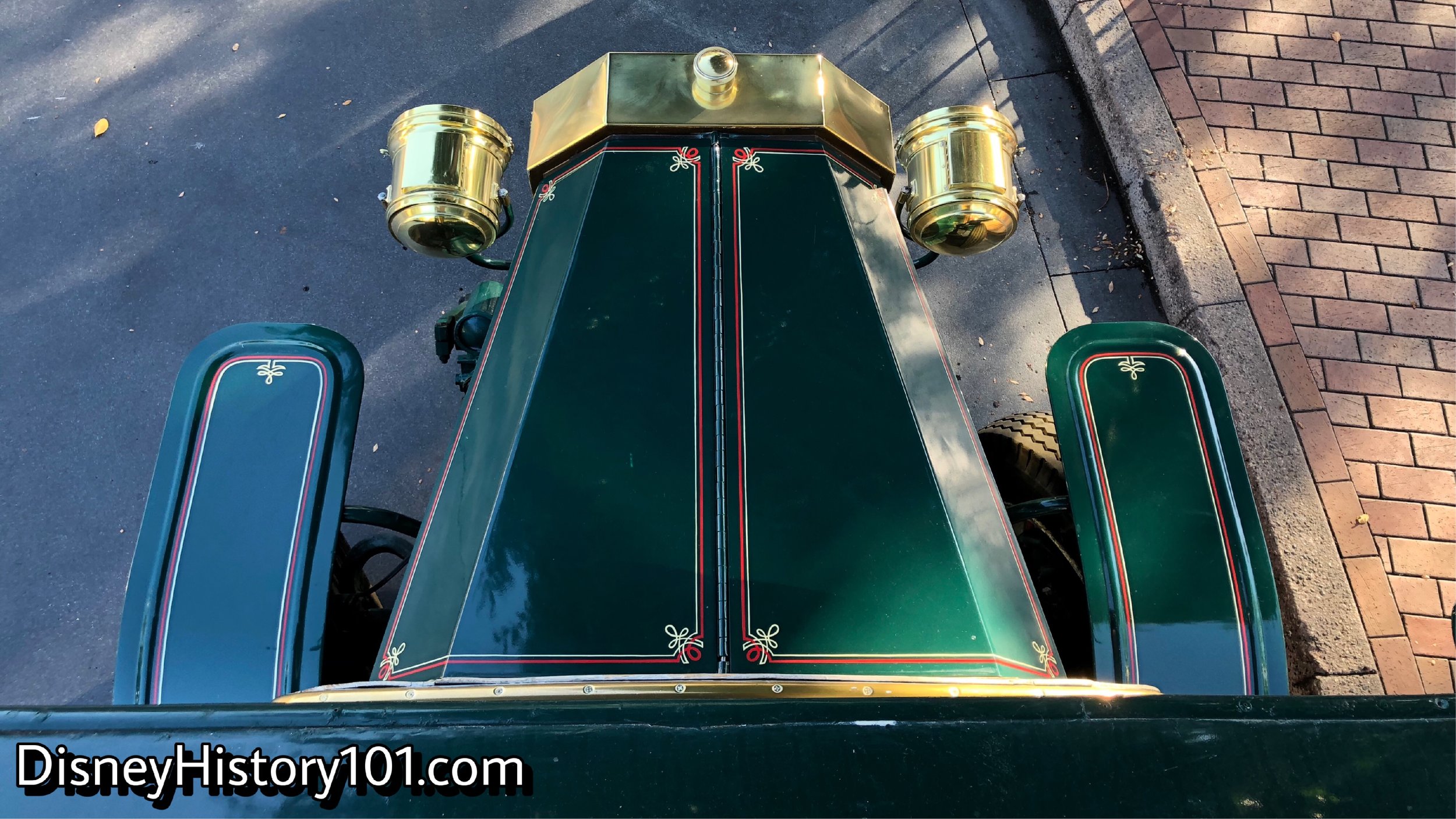
Omnibus, (2019)
Hosts and Hostesses re-create Main Street, U.S.A. and their show is played up to Walt Disney standards. Hosts show an enthusiastic personality - an appearance, smile, and both outgoing and enthusiastic personality. They wear proper attire, a prescribed wardrobe in good repair and properly worn at all times. Hosts deliver an interesting narration - a good one. They know their facts, state them in an interesting way, and give them with enthusiasm. Hosts have a sparkling and clean appearance, that is essential to Disneyland showmanship. Hosts do their part in keeping their vehicle clean at all times. They are “popcorn picker-uppers”. Their realistic performance is most-important, living their role. The Disneyland Omnibus Host is a conductor or driver at the turn of the century - only much more friendly and courteous!
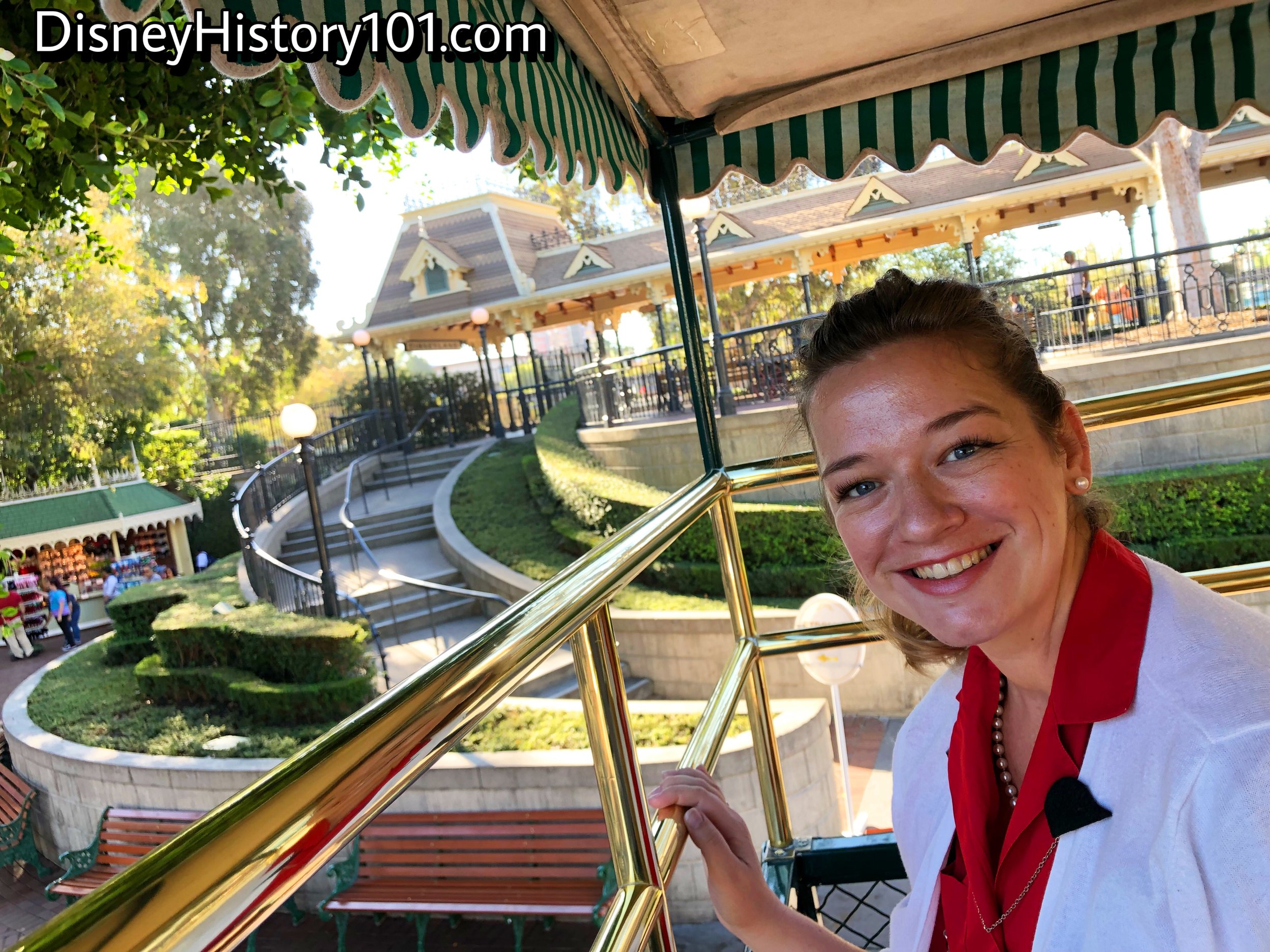
Omnibus, (2019)
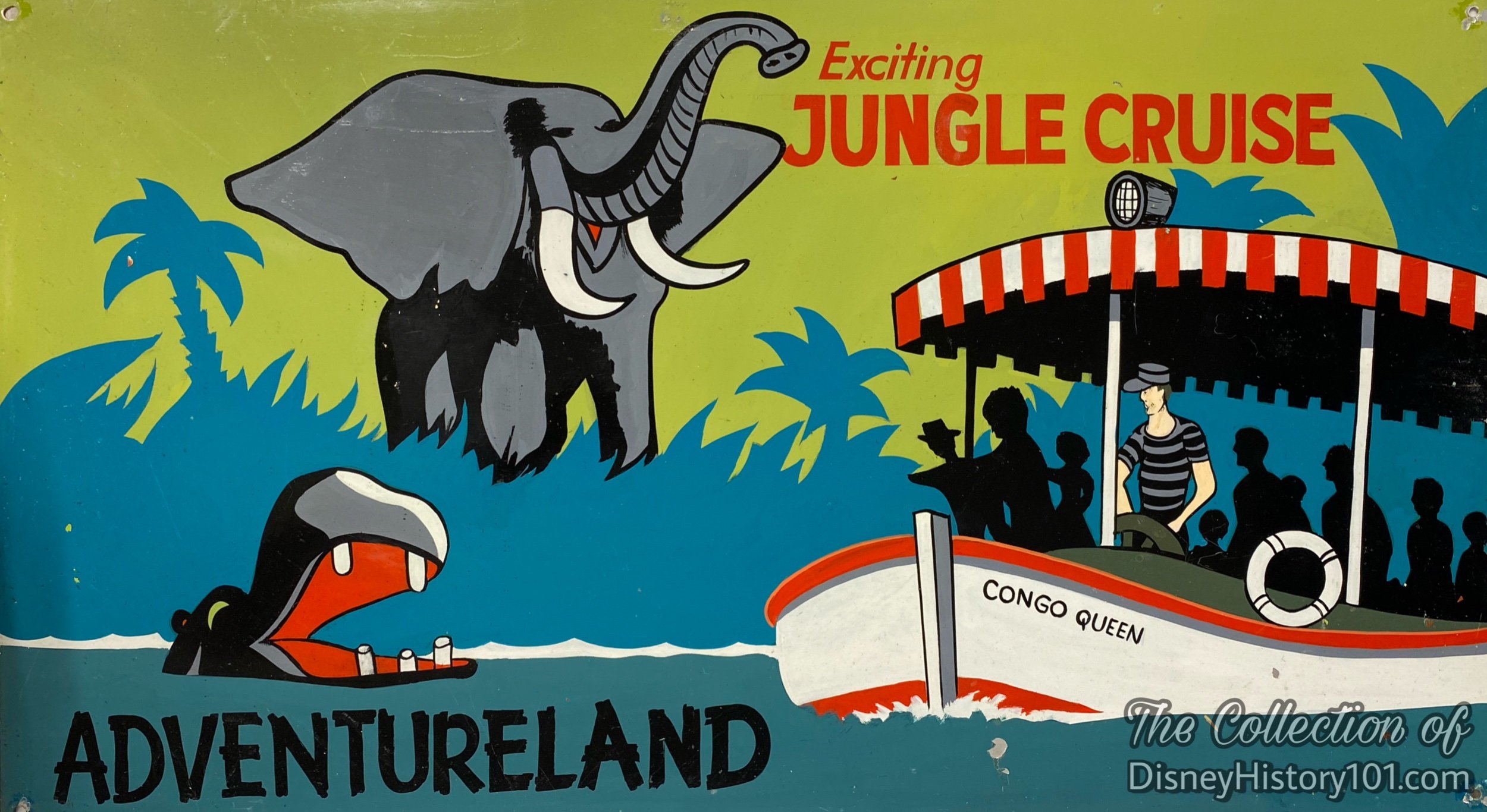
A Hand Painted Omnibus Panel; Signage that was looking pretty worn and stressed was replaced.
Of course, I saved the best for last - At Disneyland, signs are themed to support the stories with appropriate graphics, colors, fonts, terminology, overall design of the sign, materials (wood, metal, banners, etc.), and verbiage used on the signage. These hand-painted Omnibus panels have surfaced at auction several times, at Van Eaton Galleries and Heritage Auctions.
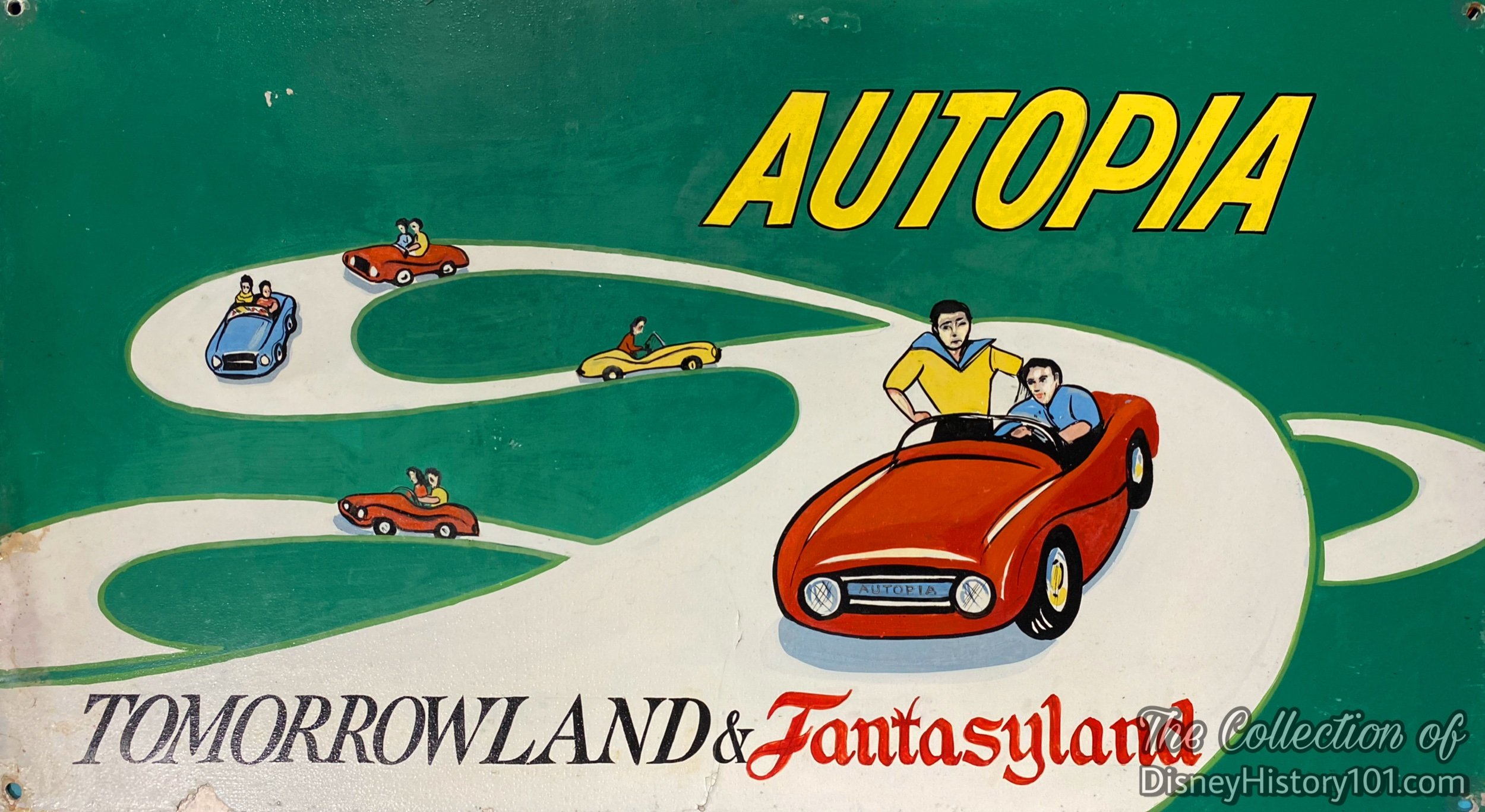
A Hand Painted Omnibus Panel.

A Hand Painted Omnibus Panel.
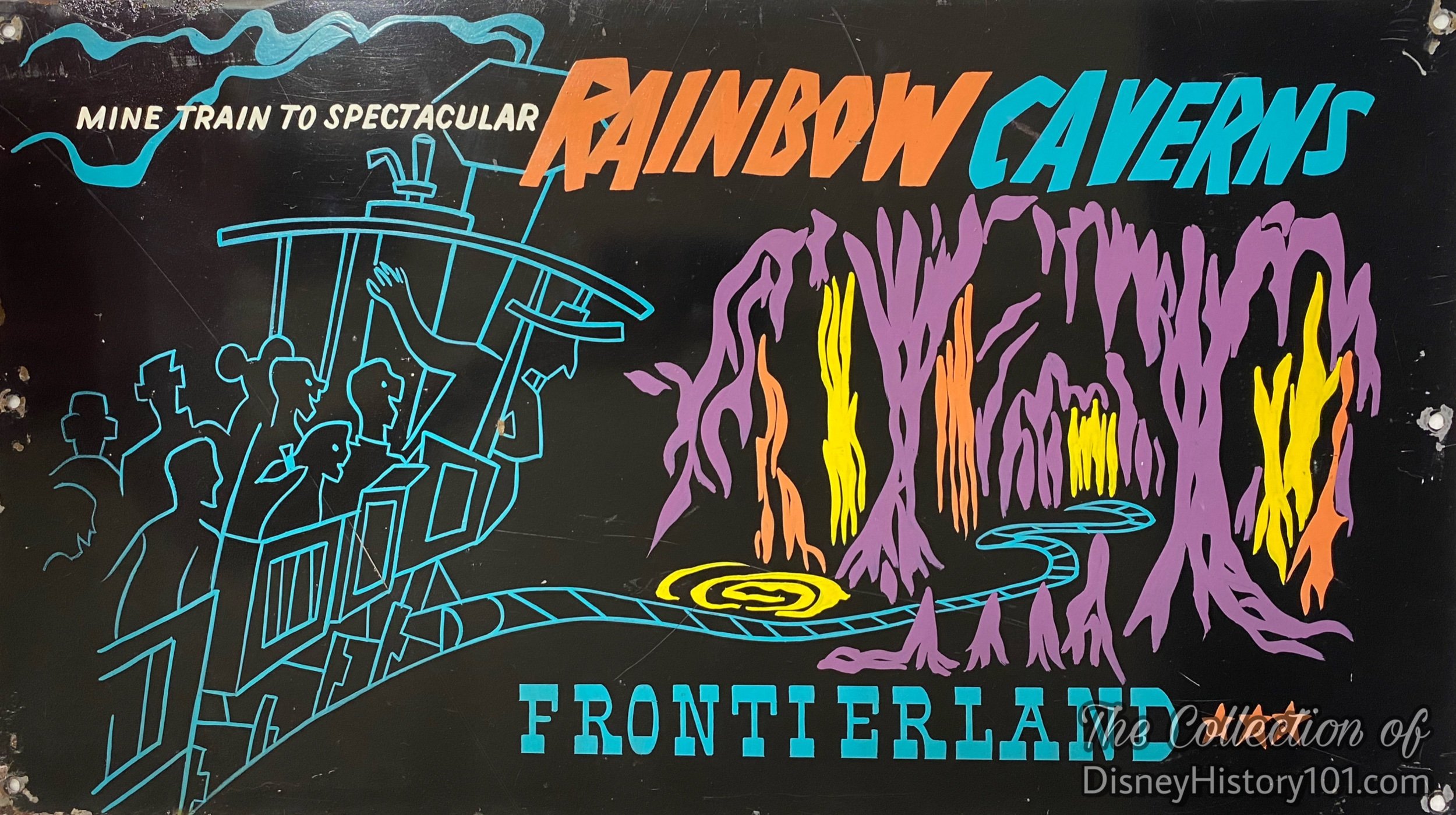
A Hand Painted Omnibus Panel.
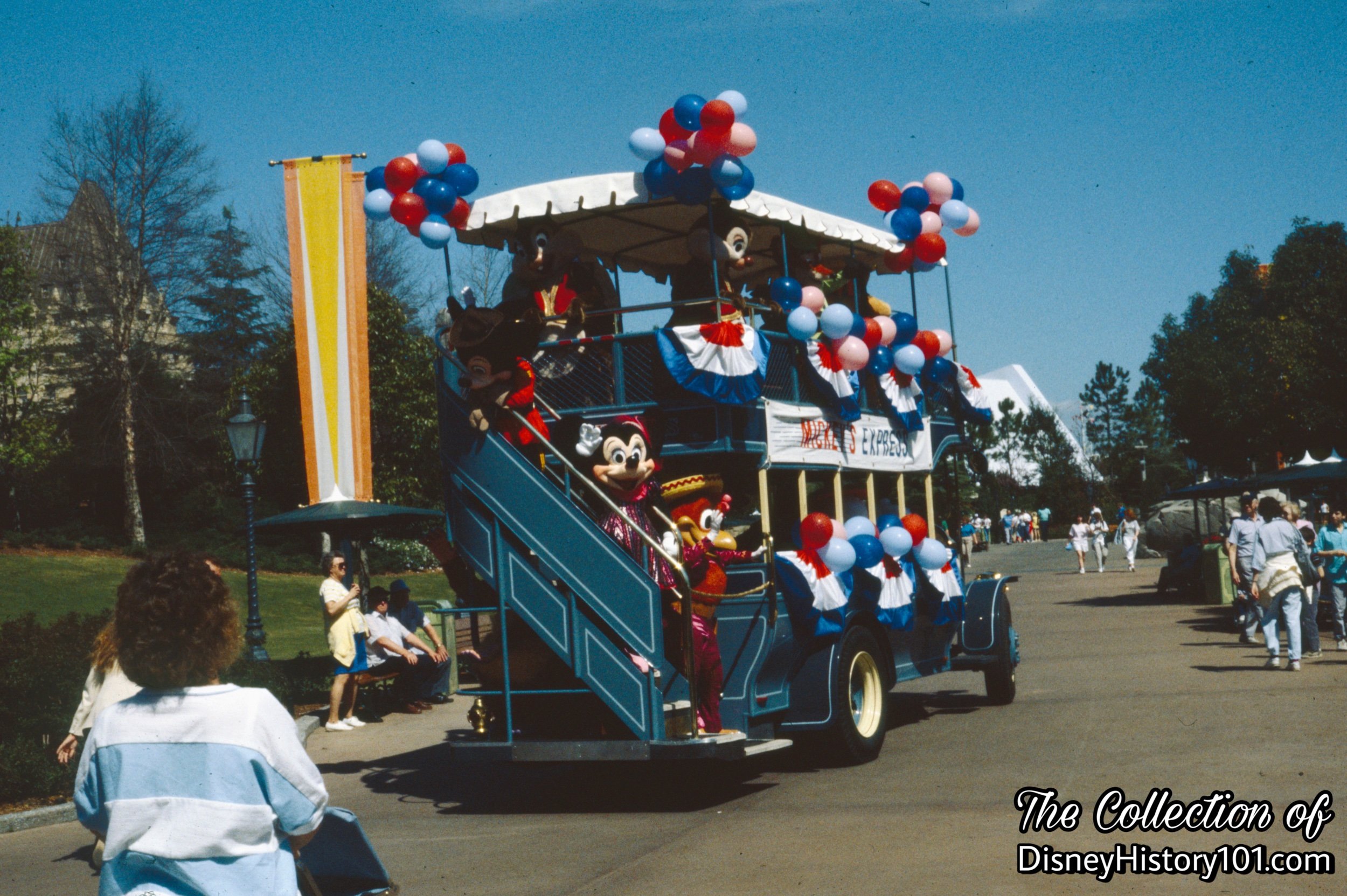
The Omnibus had an immediate legacy and may look familiar to anyone who has ever been to the Magic Kingdom or EPCOT Center in Florida. In 1971, guests could get an overview of the Magic Kingdom’s Main Street aboard an old-fashioned double-decker bus. In 1982, Bob Gurr was asked to oversee a fleet of new Omnibuses. Bob Gurr’s 1956 engineering drawings were used for the buses built for Epcot Center in 1982. The two Disneyland buses had their bodies removed from the original 1956 and 1957 International Harvester chassis and mounted on 1982 Chevrolet truck chassis.
By 1984, both Disneyland Omnibuses had been sent to Walt Disney World and Bob Gurr’s design was swiftly utilized to provide Guests a colorful mode of transportation around the World Showcase. Mickey’s Express also transported Characters around Epcot. By c.2007, Guests May recall “Disney Characters on Holiday” (DCOH), a group of Characters that performed in several locations in Epcot, entering and exiting on a European double-decker bus.
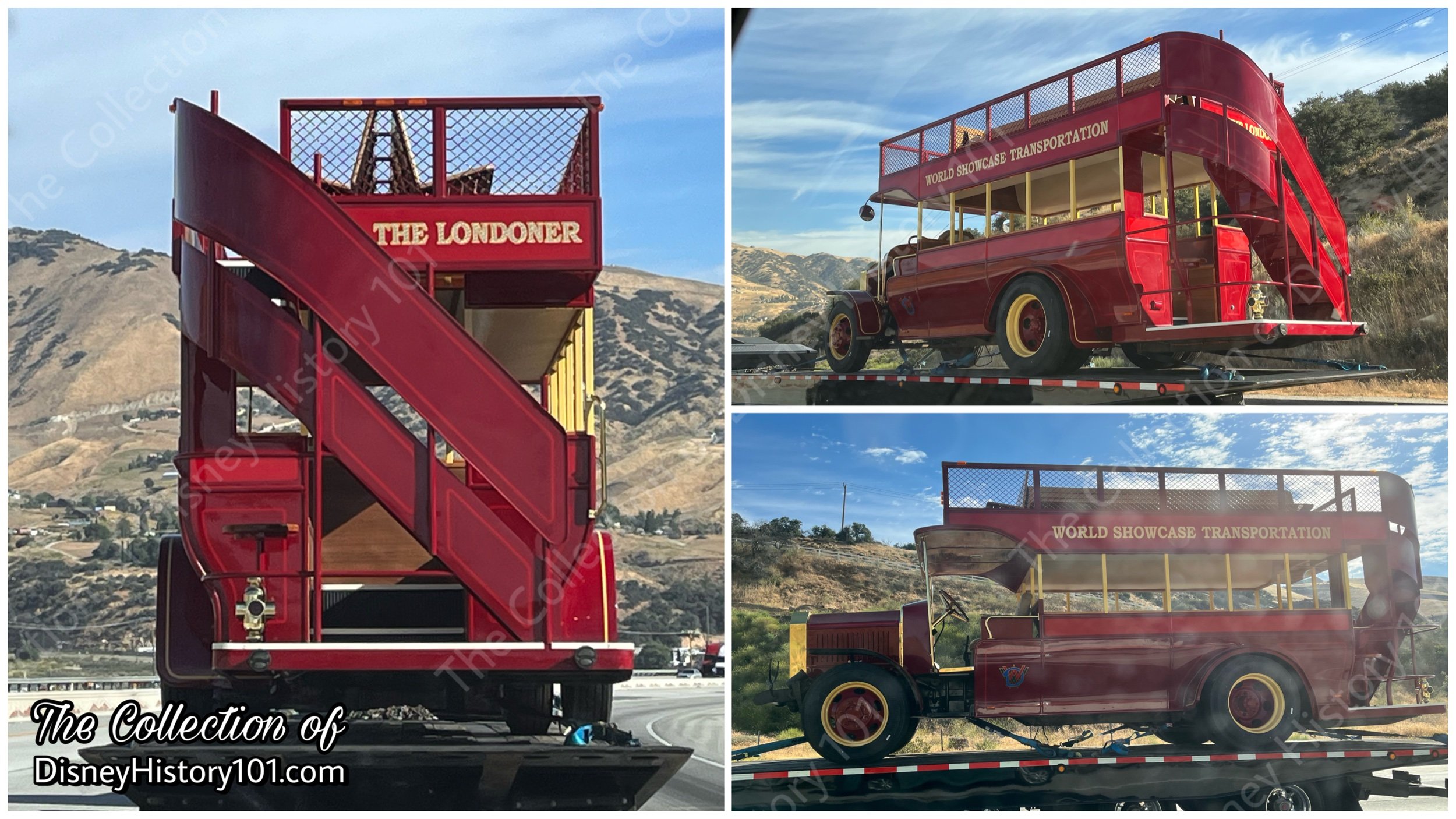
Ever wonder what became of those buses? We spotted a World Showcase Bus along a California highway in 2023.
The World Showcase Omnibuses have turned up in many locations - ranging from downtown Kissimmee to the Volo Auto Museum in Illinois, and even New Jersey, and New York. The Londoner Omnibus was one of the longest operating Omnibuses at Walt Disney World. After being decommissioned during the 2000s, it was purchased in Central Florida by Robin and Brook Lopez of the Milwaukee Bucks Basketball Team. The bus was moved to Southern California and restored to its 1982 appearance. While driving on the 5 Freeway in California (outside of Los Angeles) we serendipitously passed the Londoner Omnibus headed to Fresno for maintenance.
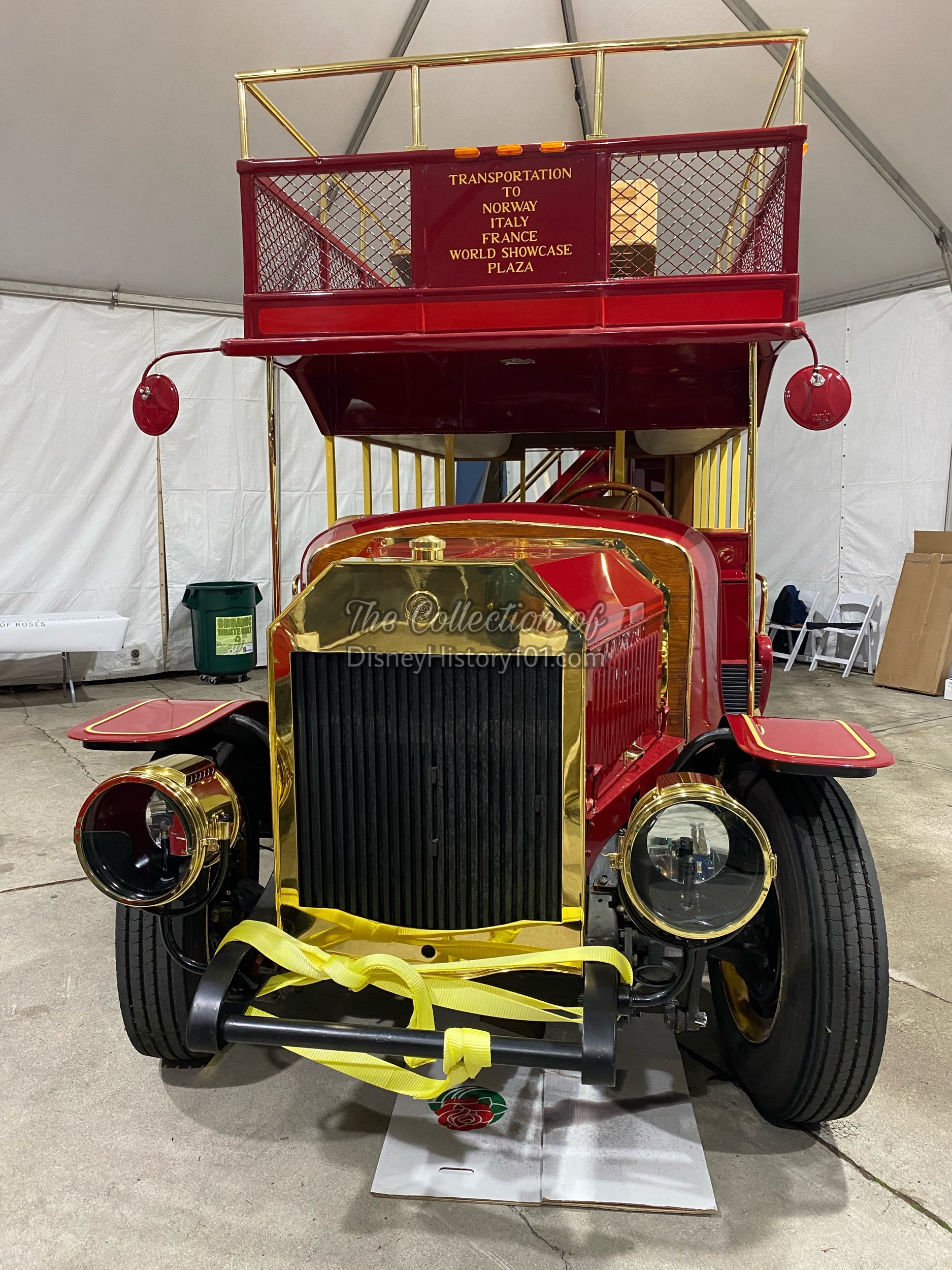
A few months later, we saw that same Omnibus lined up to appear in the 2024 Tournament of Roses Parade in Pasadena, California. It was used to transport the Tournament of Roses President Aghajanian.
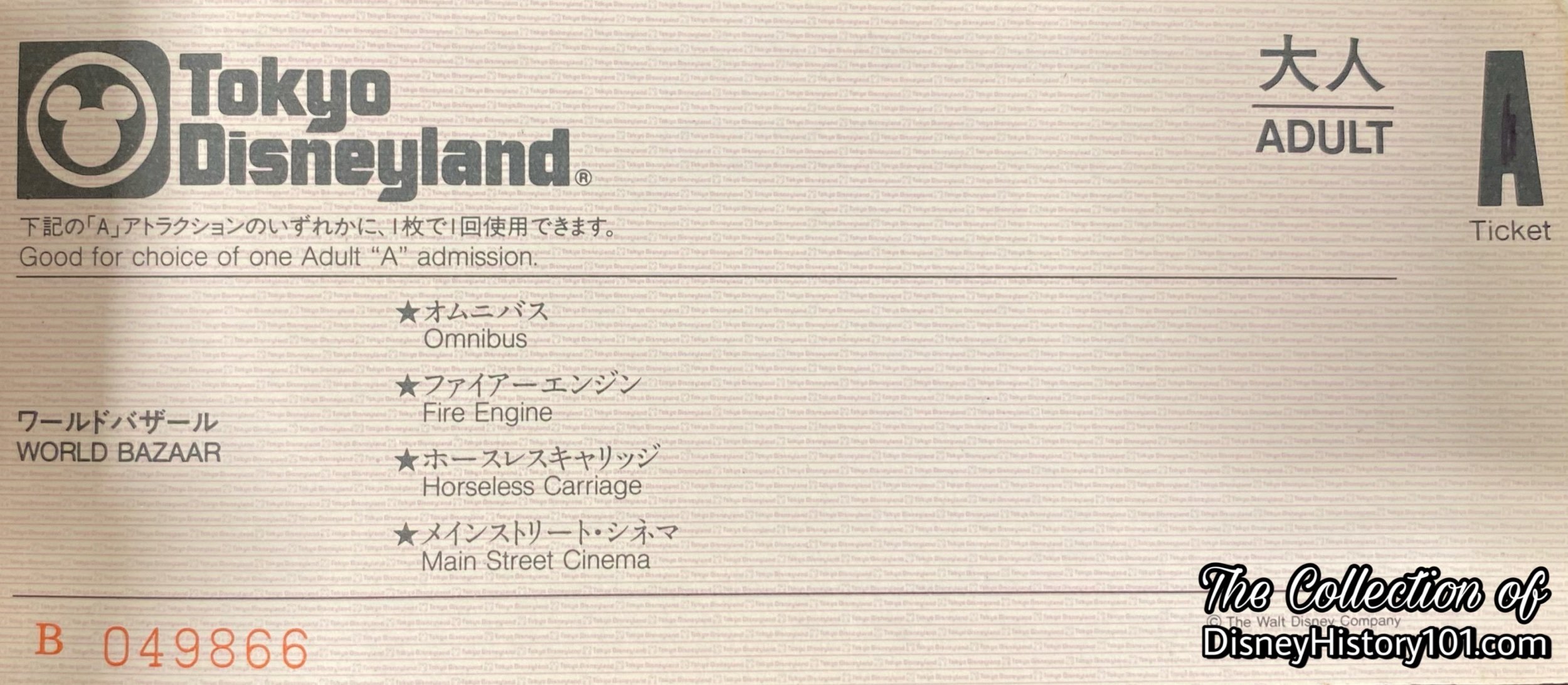
The Omnibus continued to have a legacy on other continents, at Tokyo Disneyland. By the spring of 2003, the Main Street Vehicle was also included among the concepts produced for Hong Kong Disneyland by Walt Disney Imagineering.
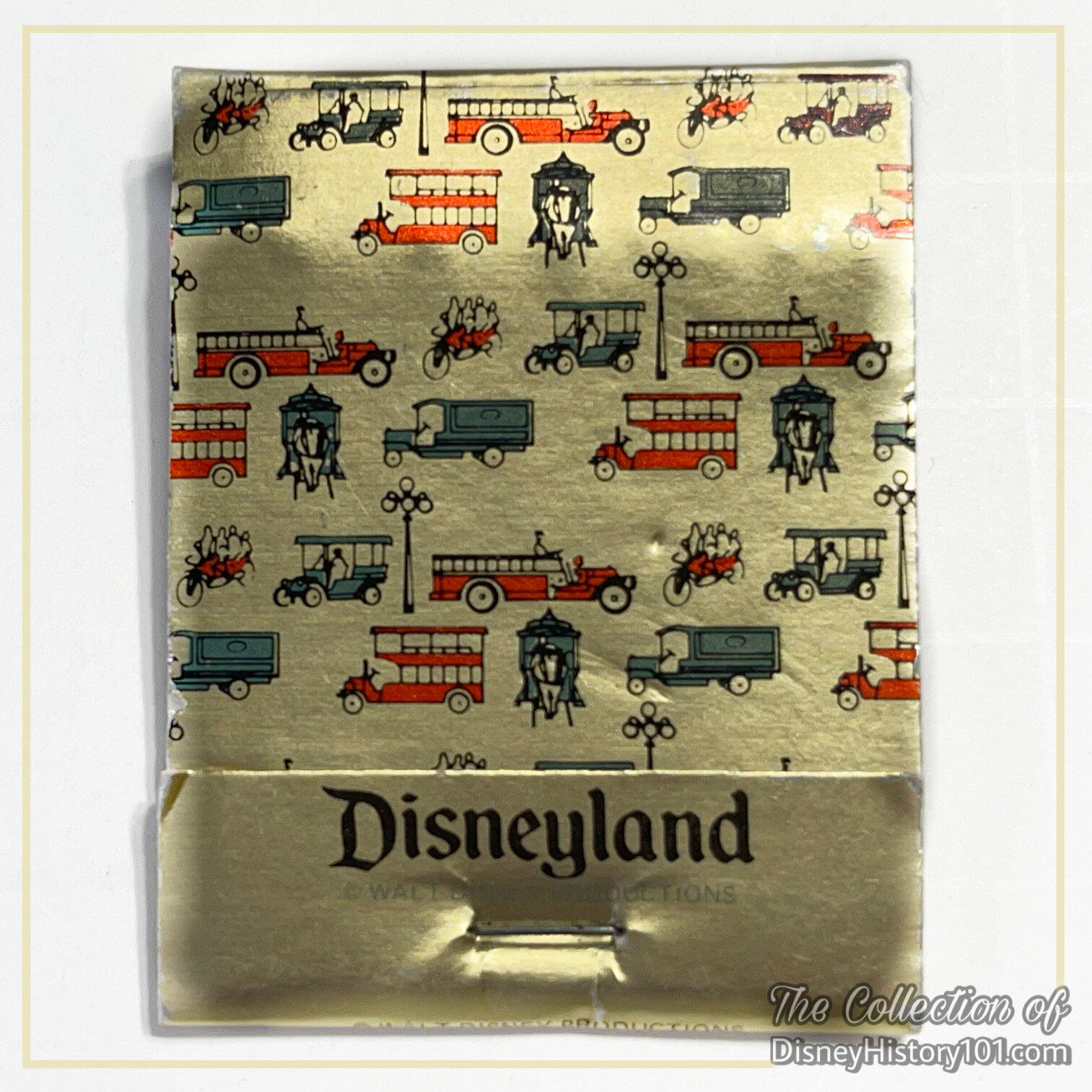
Disneyland Matchbook, 1960s.
The Omnibus has appeared as the subject of occasional Disneyland souvenir merchandise. By far, this is one of my favorite - a complimentary matchbook covered with iconic Main Street vehicles. How many can you identify?
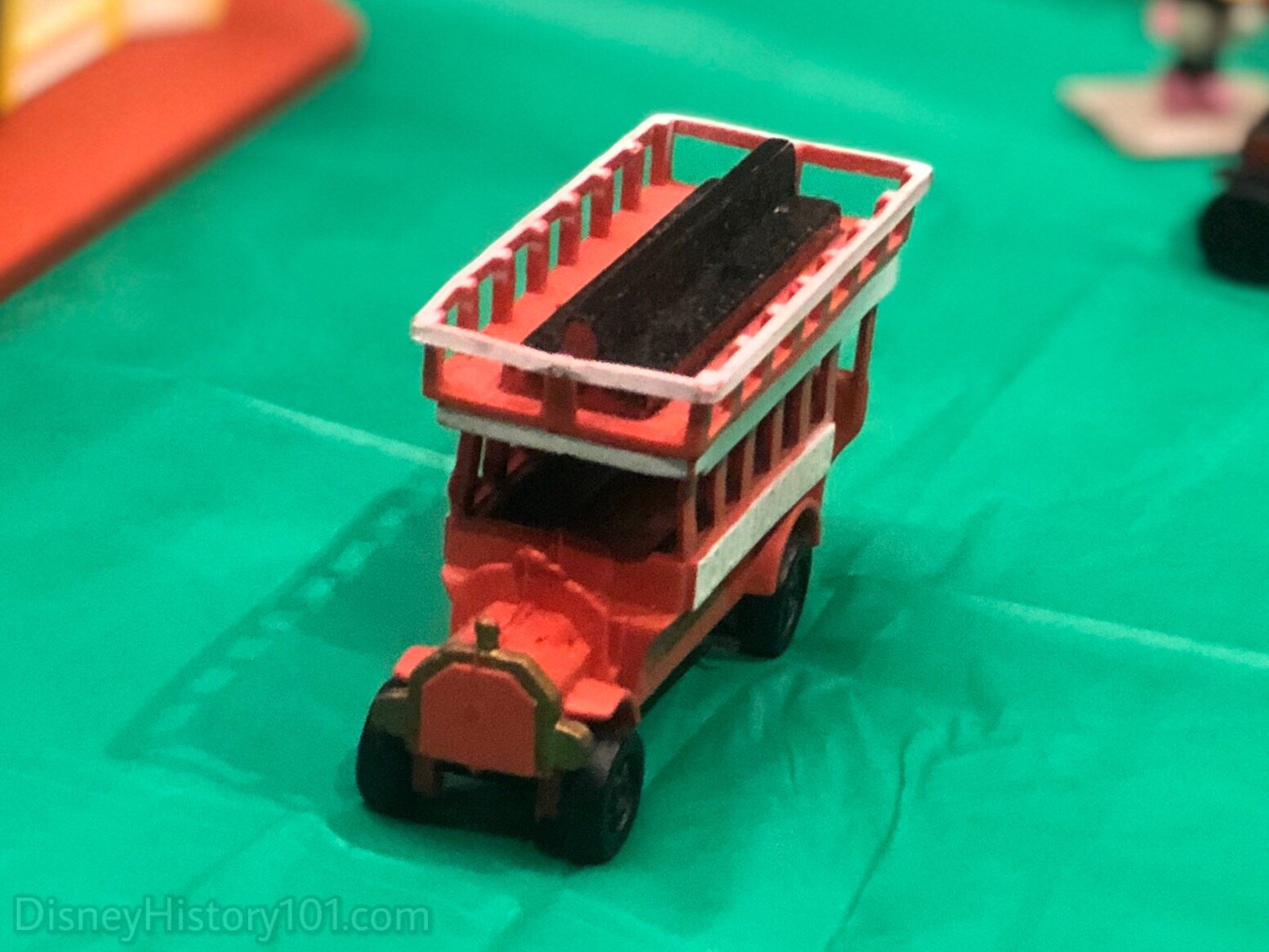
Marx Toys Omnibus
You may have heard of the “yellow and green Omnibus,” but have you ever heard of the red Omnibus?
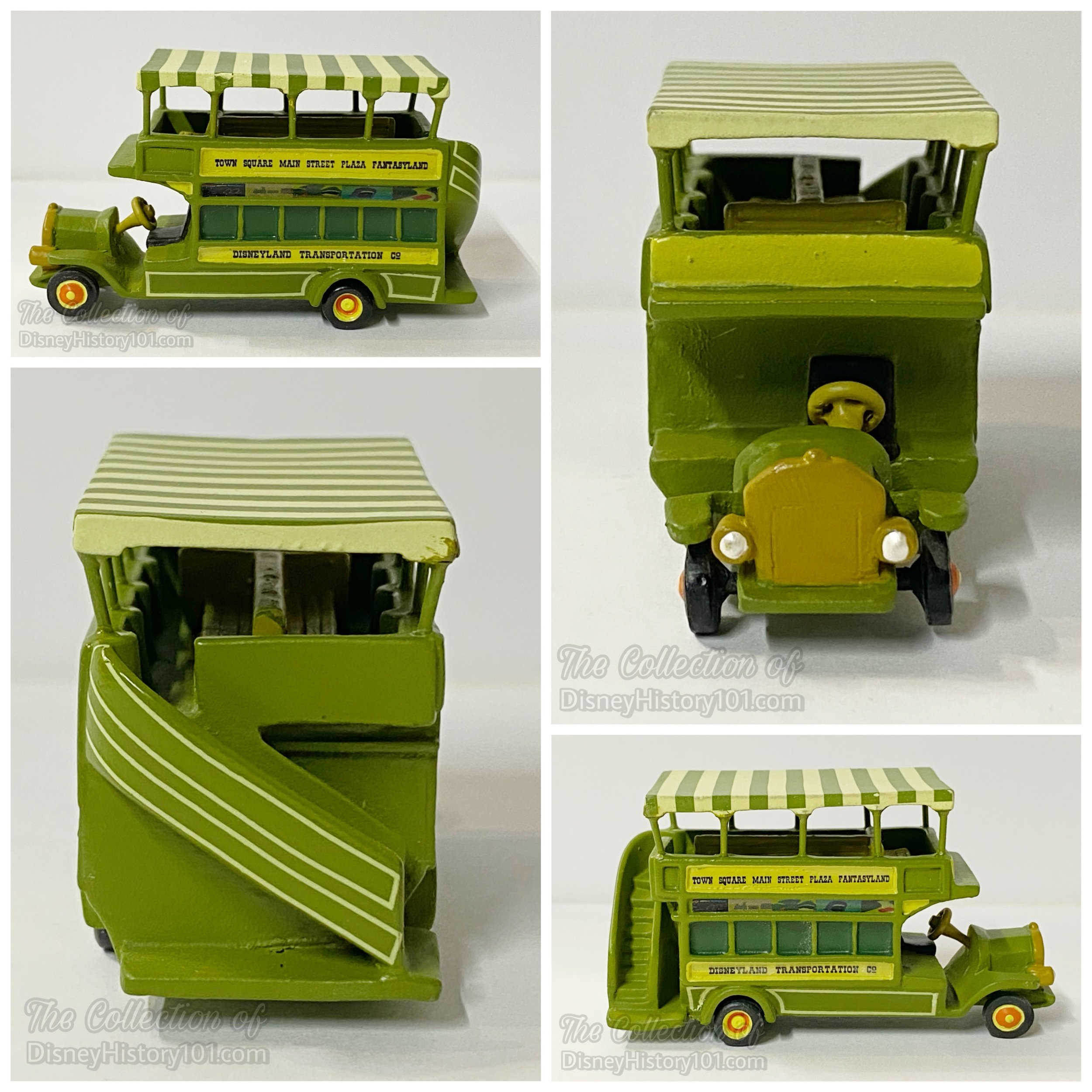
Disneyland 50th Anniversary Pewter Figure by Kevin Kidney & Jody Daily.
The timeless Omnibus, continues to be the subject of artwork and other merchandise made available for purchase. One of the cutest is this adorable Disneyland 50th Anniversary Pewter Figure designed by Kevin Kidney & Jody Daily.

Disneyland 50th Anniversary Omnibus limited-edition replica by Kevin Kidney & Jody Daily.
One of my personal favorites is this loyal Disneyland 50th Anniversary limited edition replica designed by Kevin Kidney & Jody Daily.
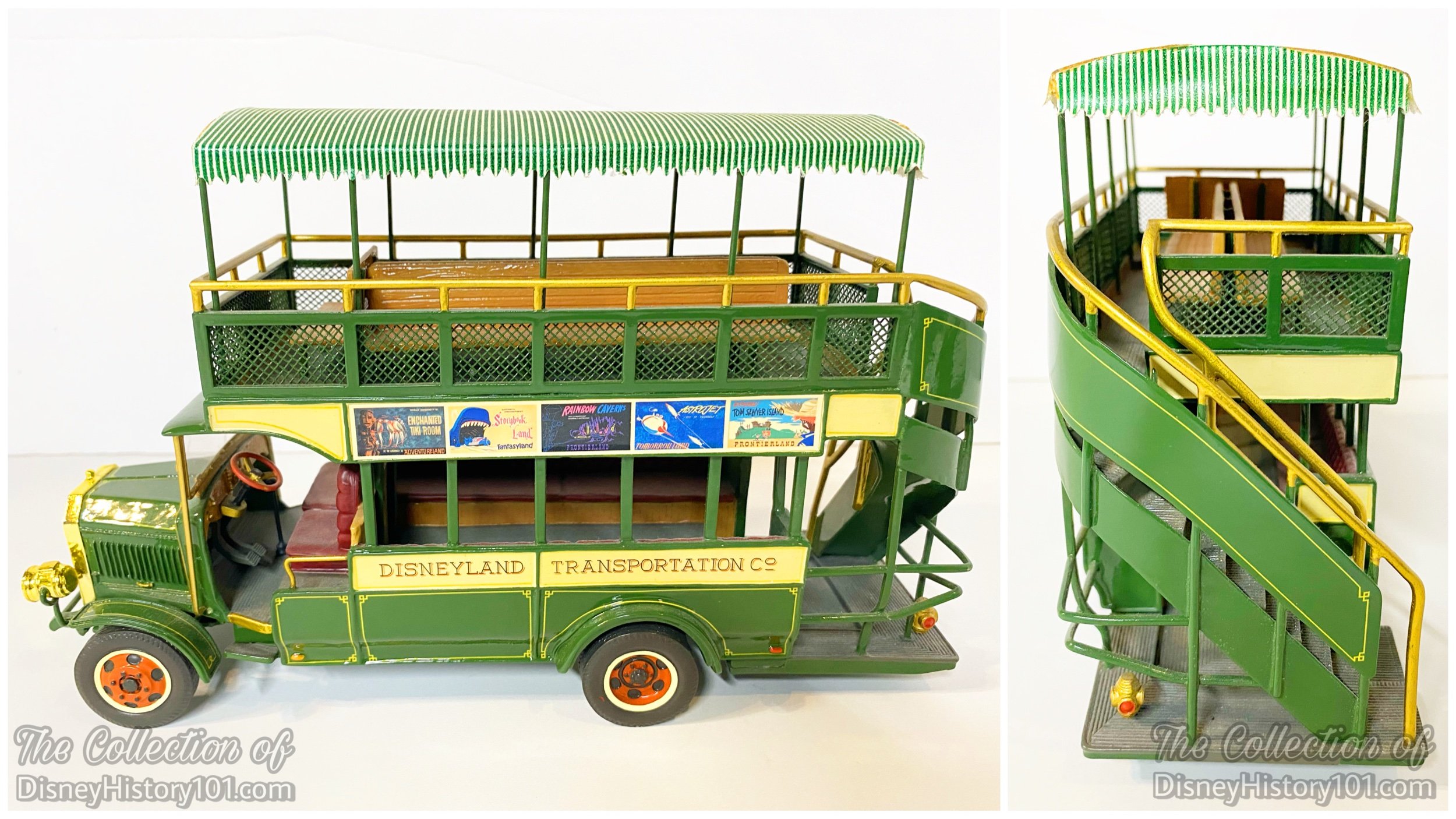
Disneyland 50th Anniversary Omnibus limited-edition replica by Kevin Kidney & Jody Daily.
